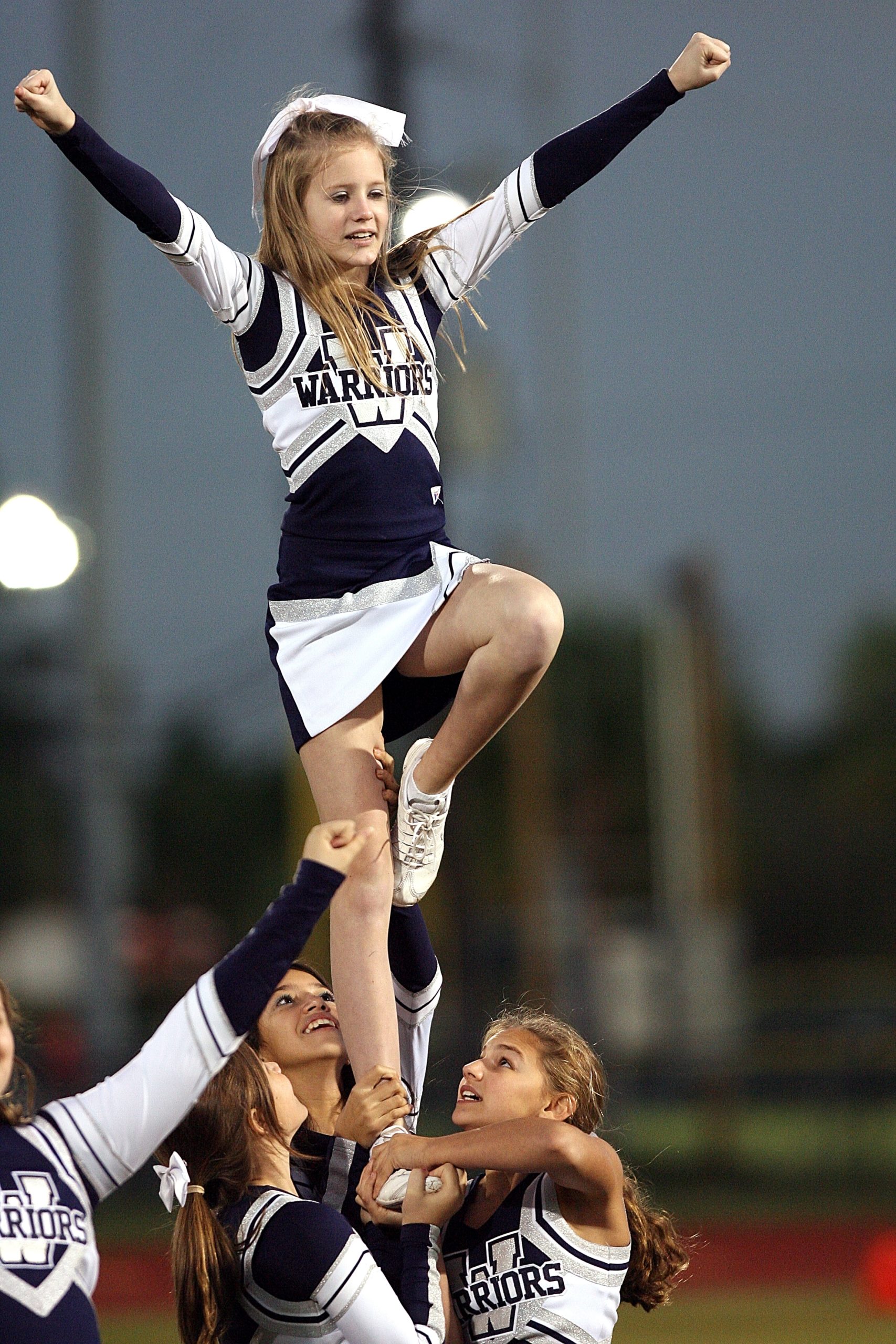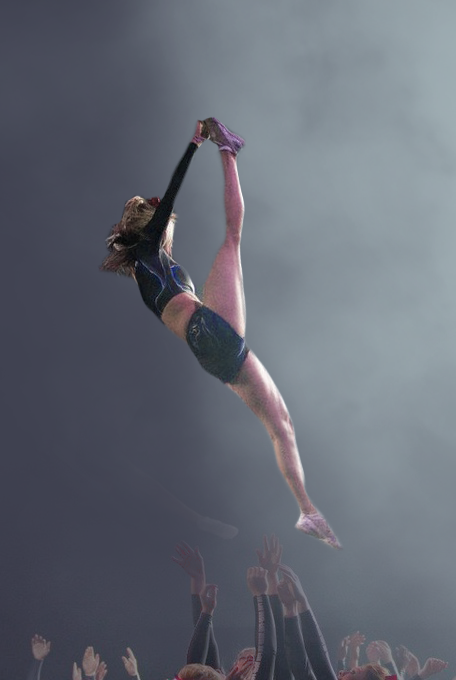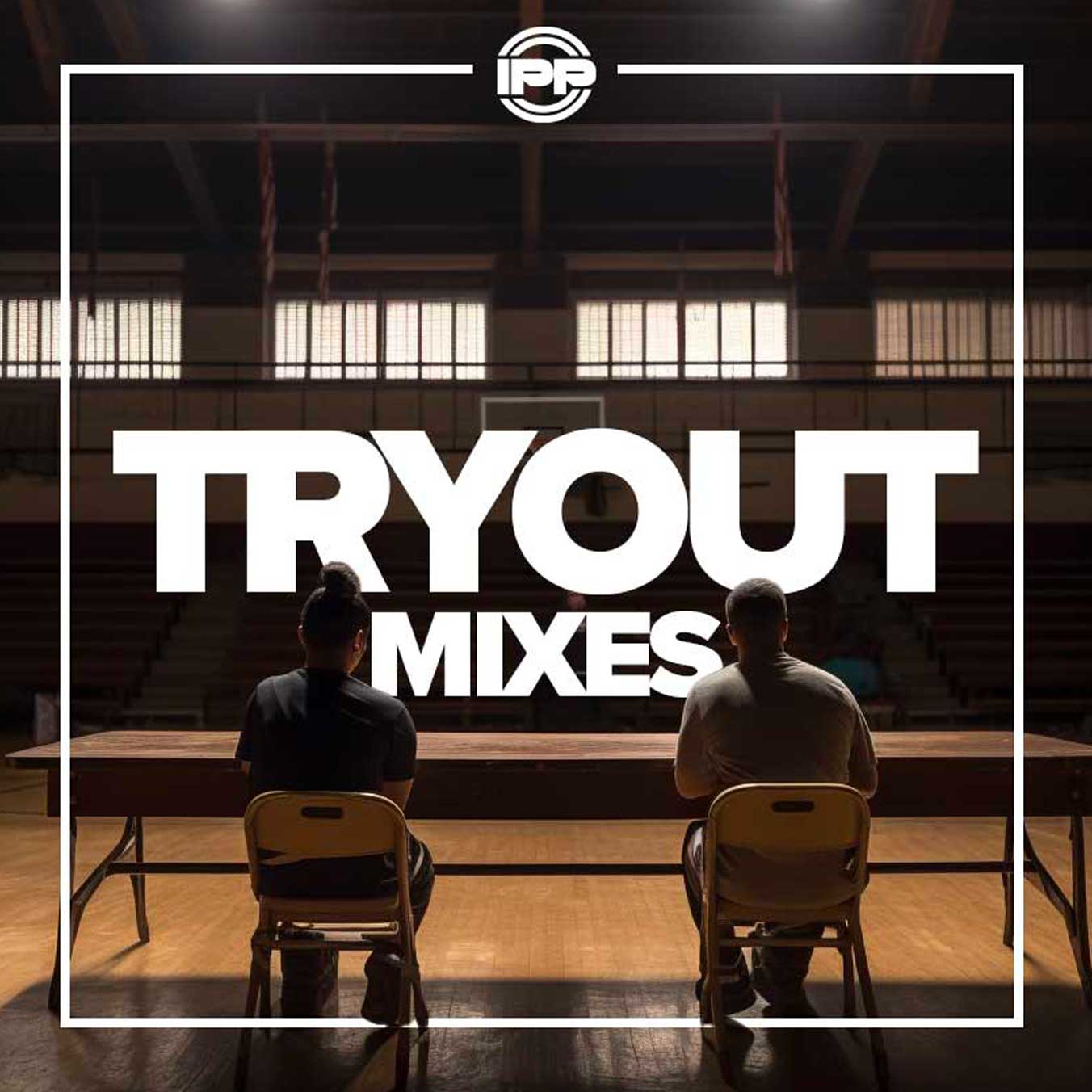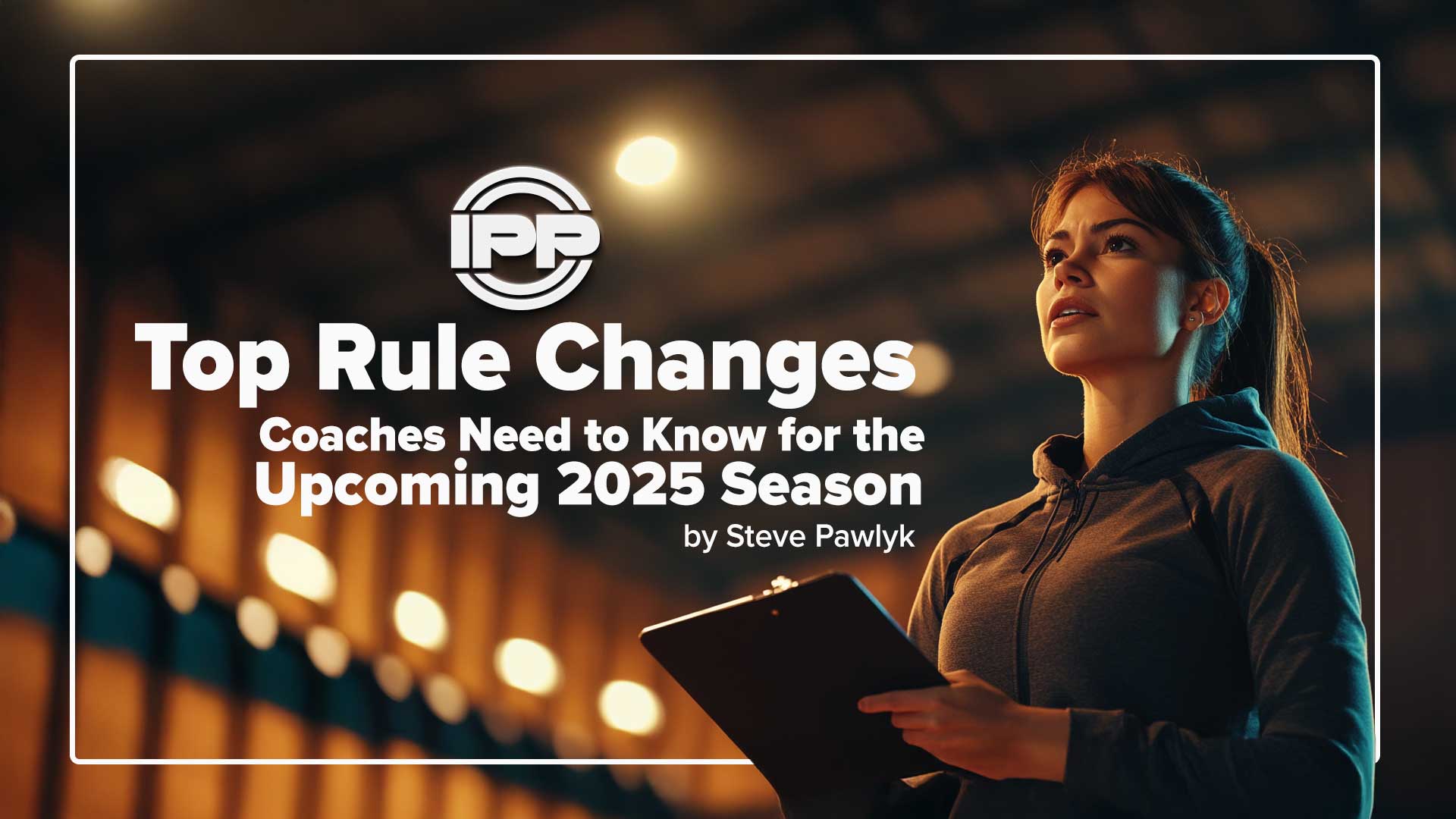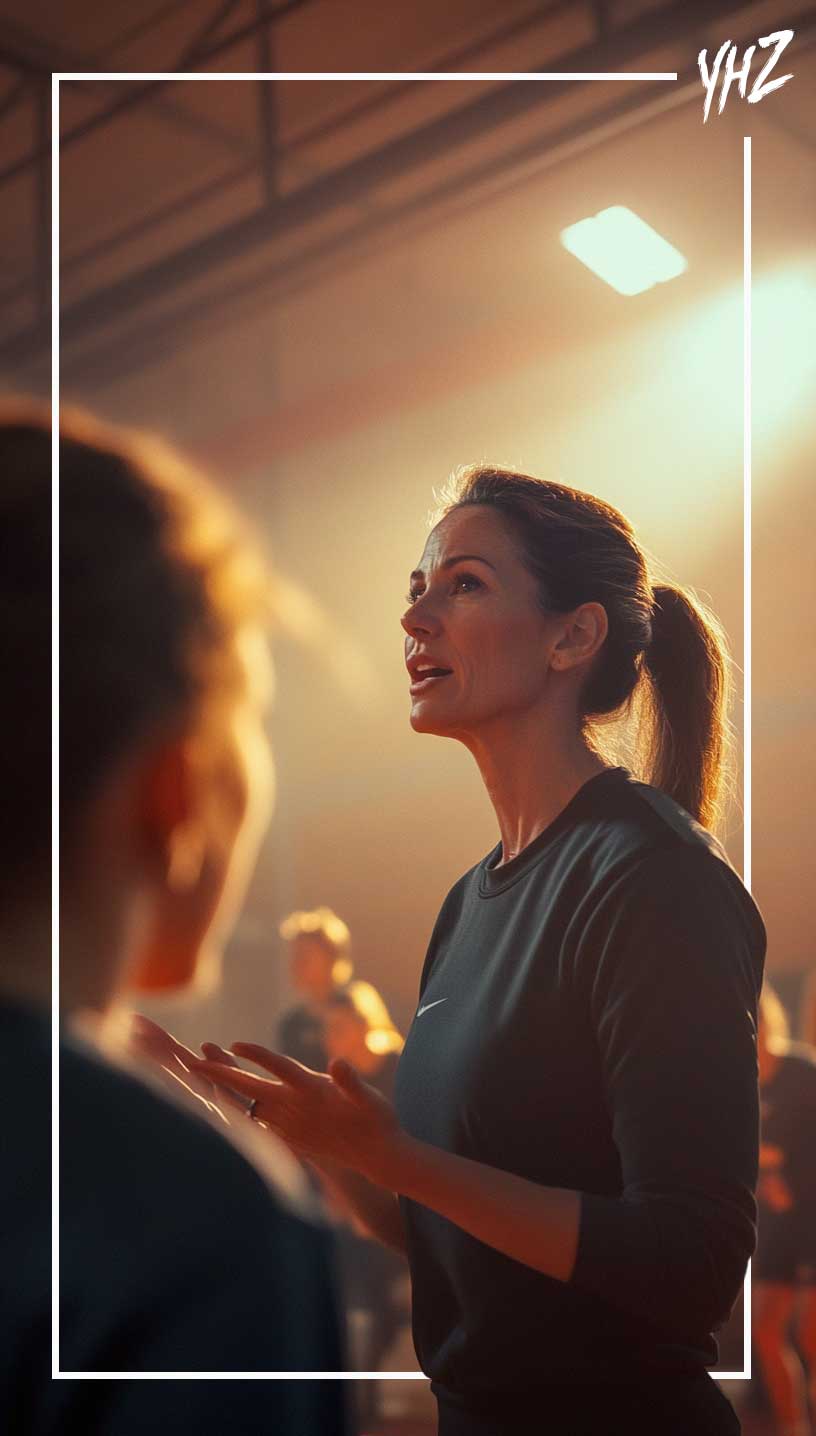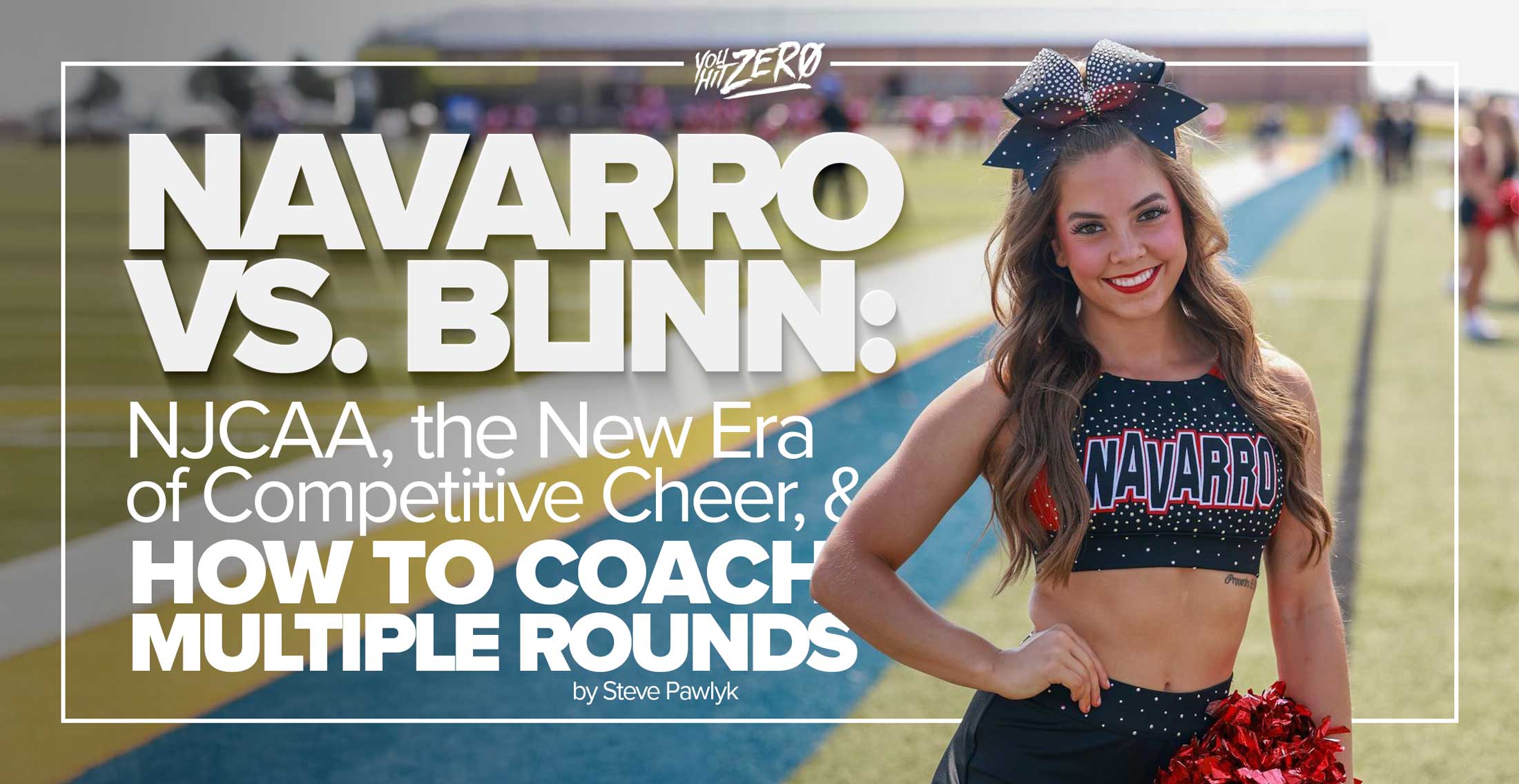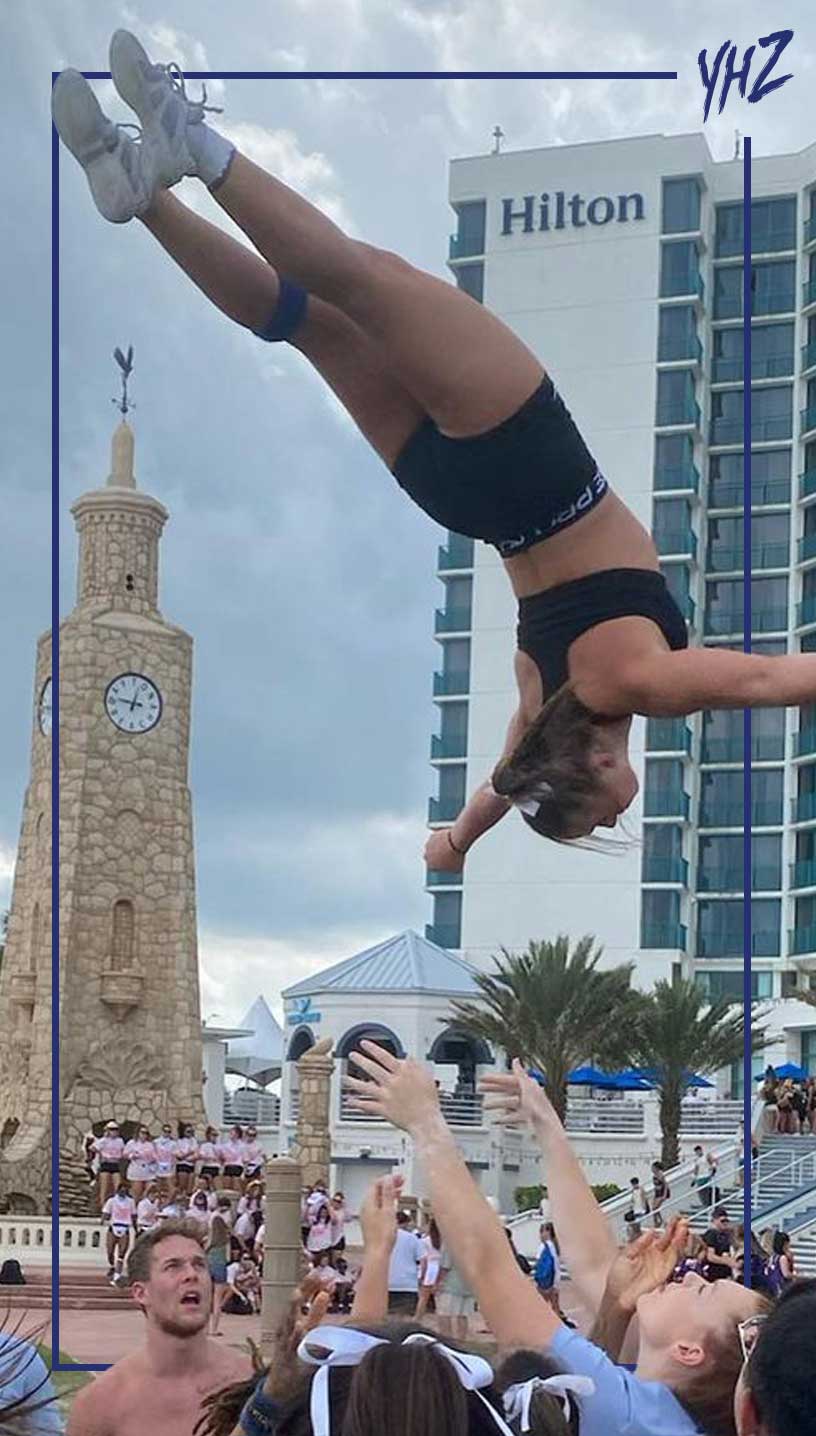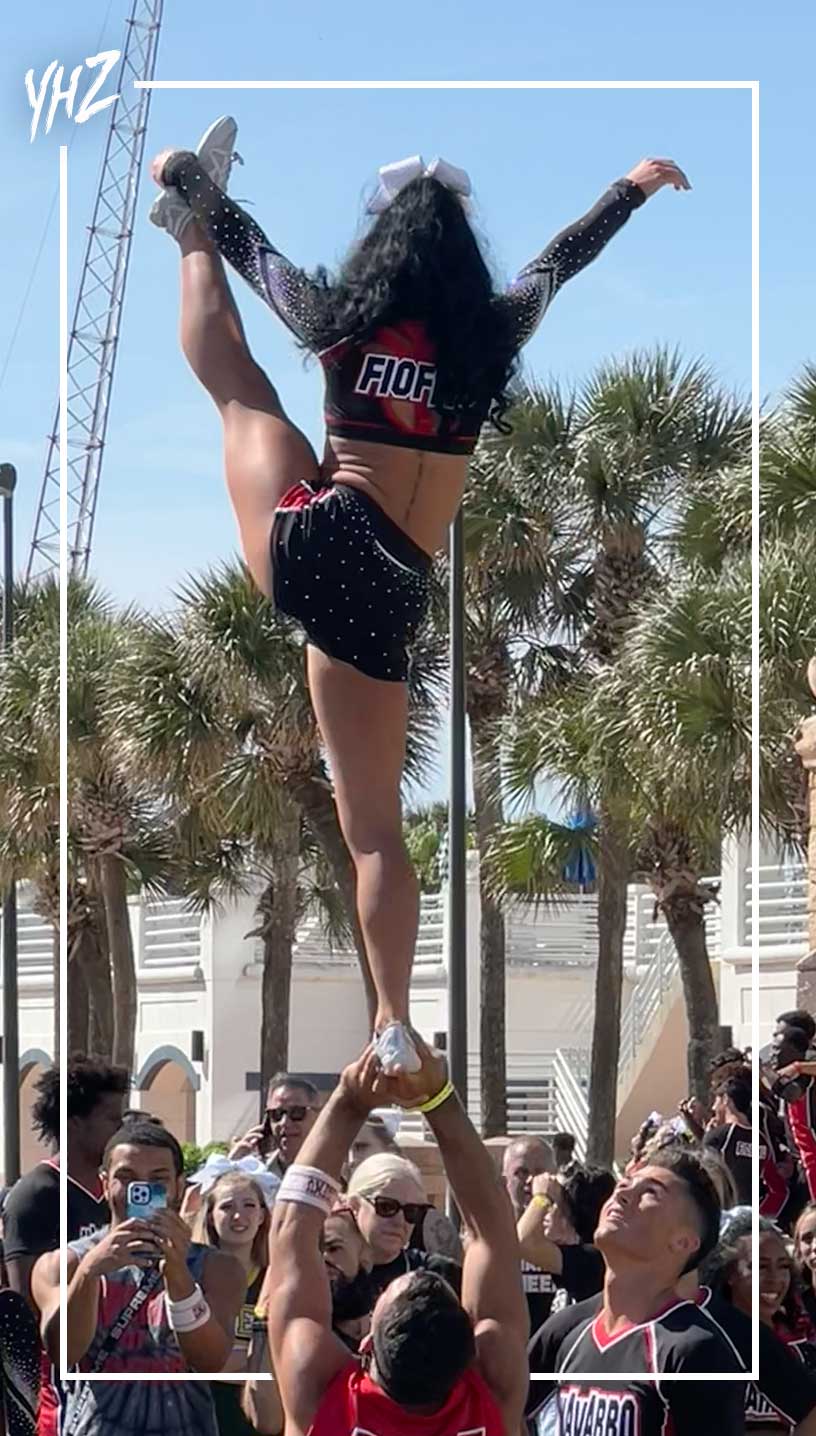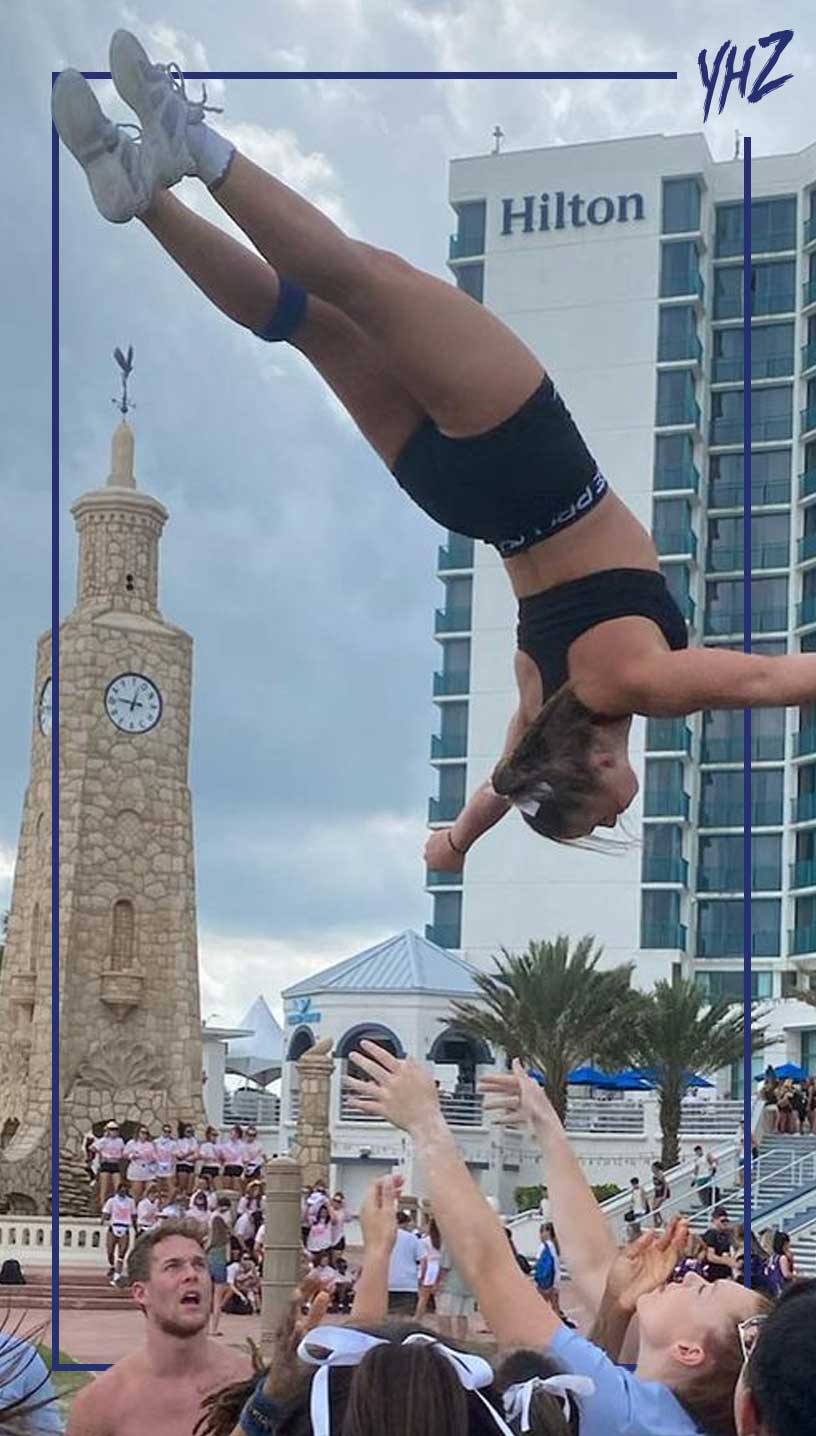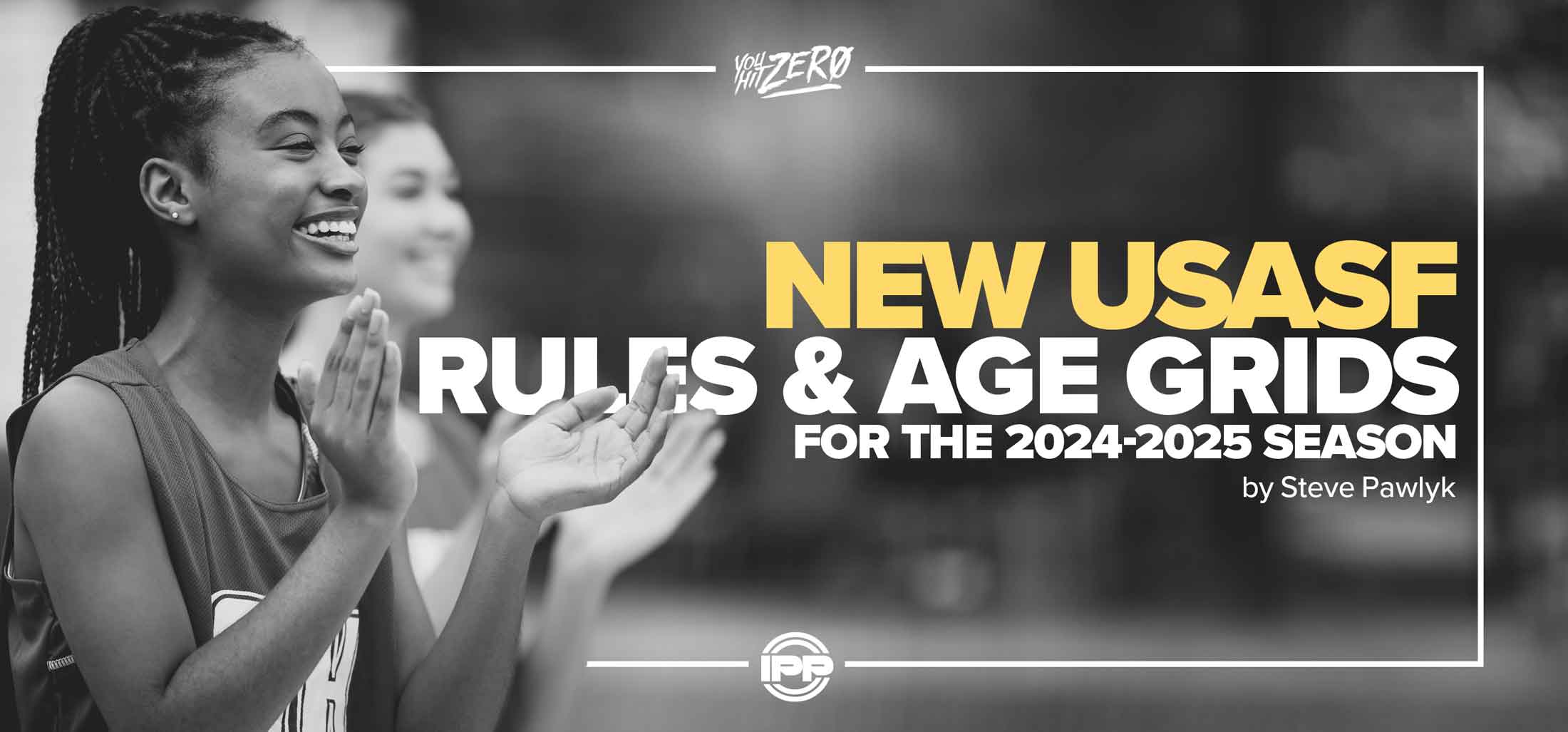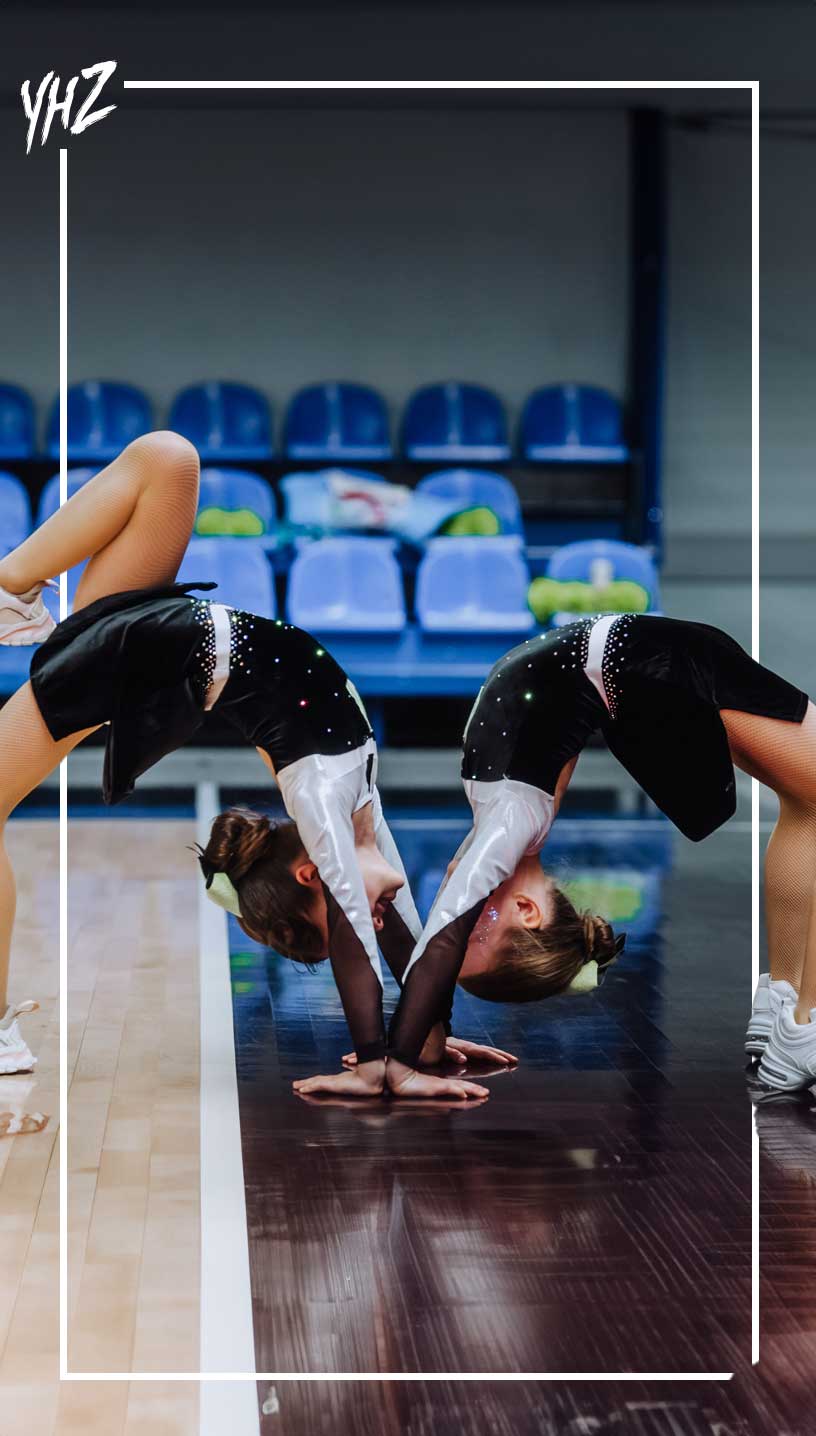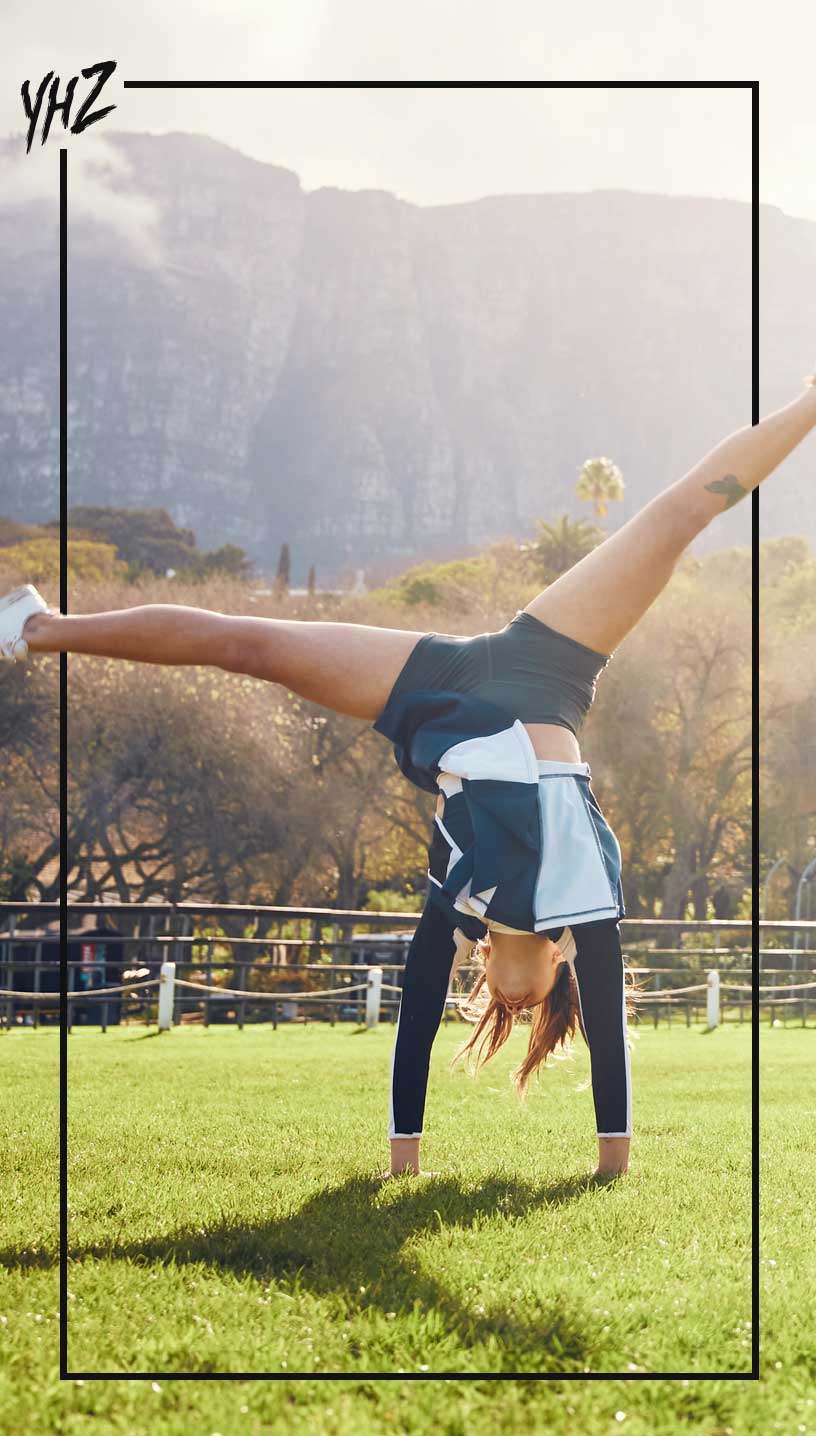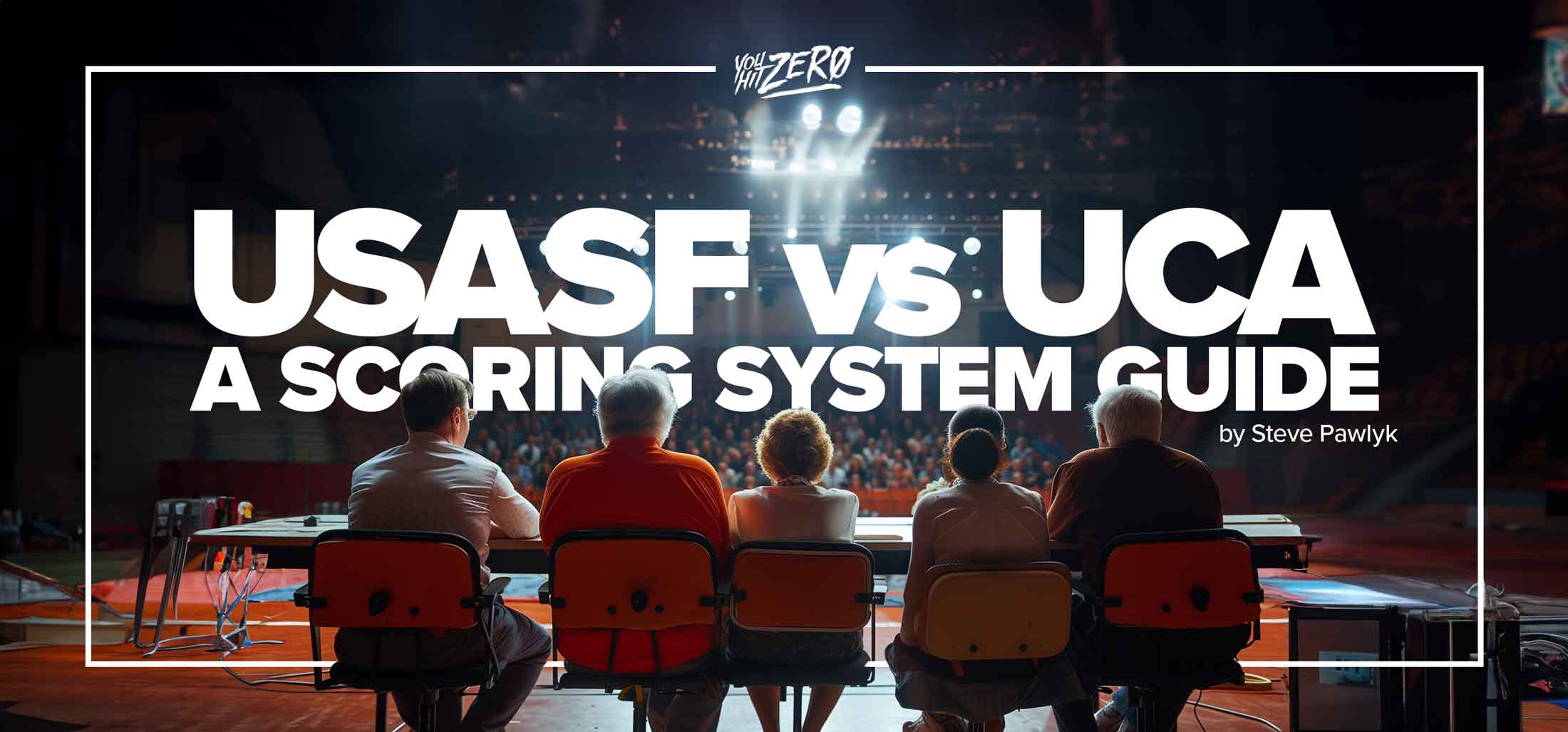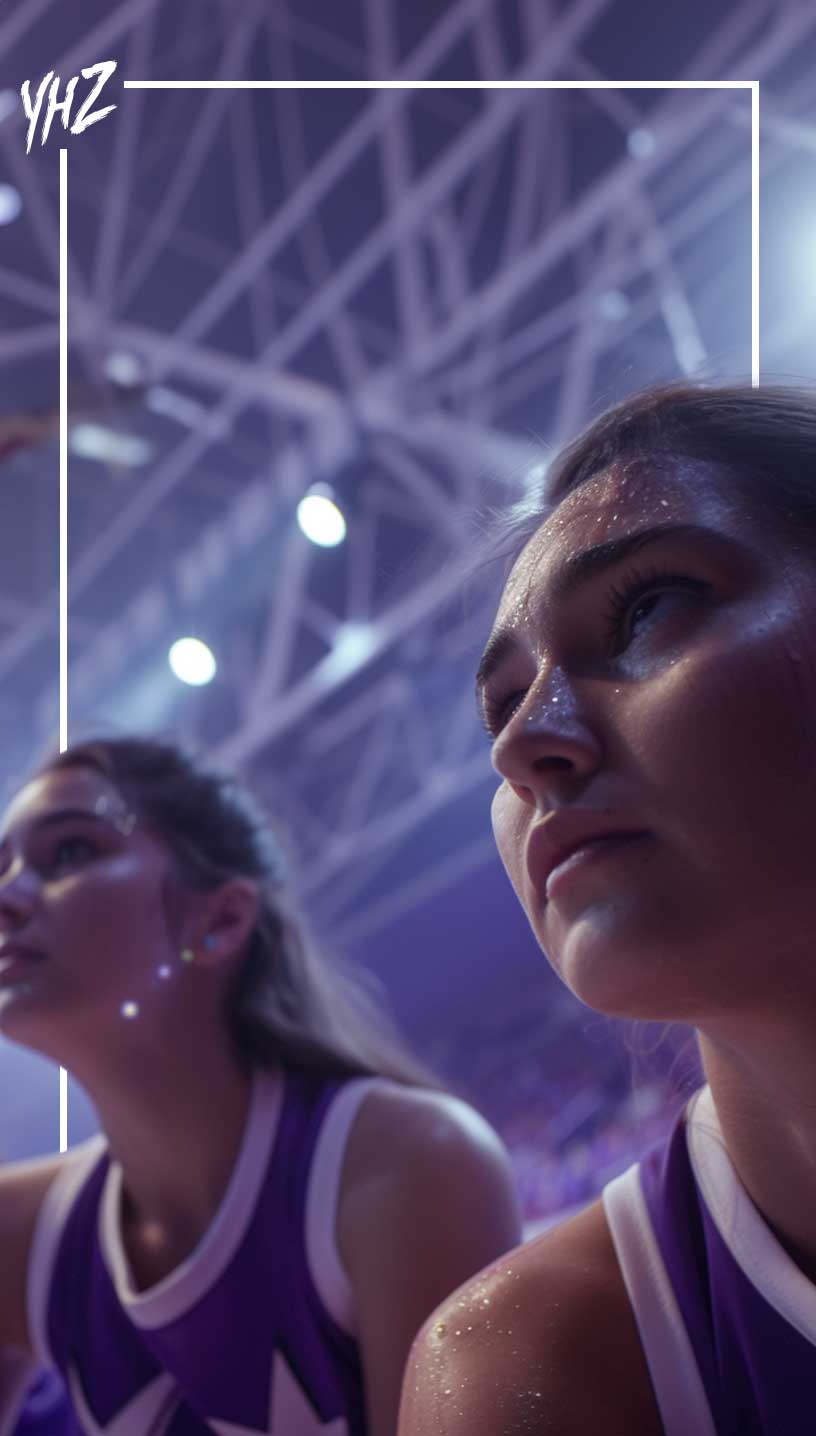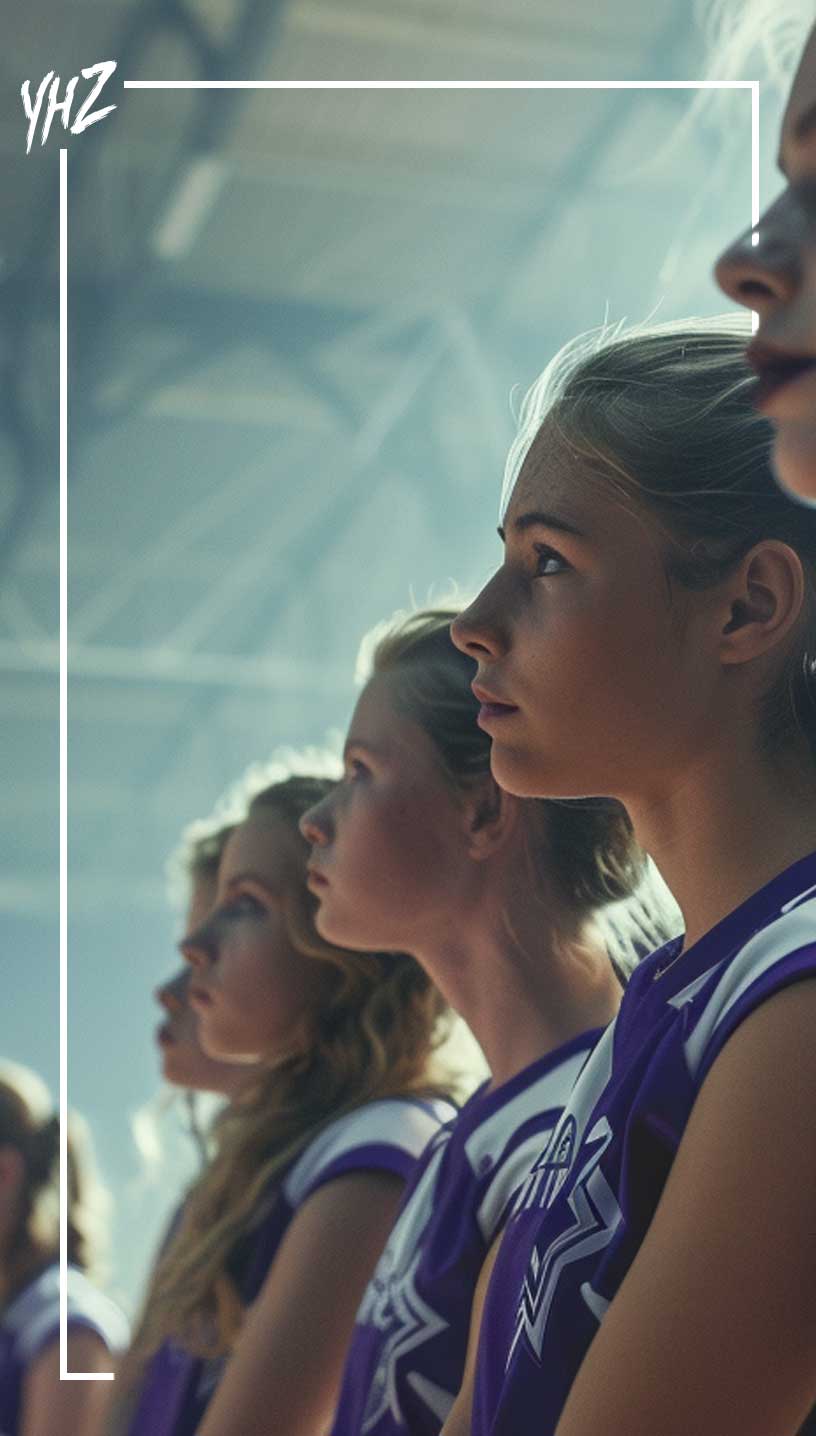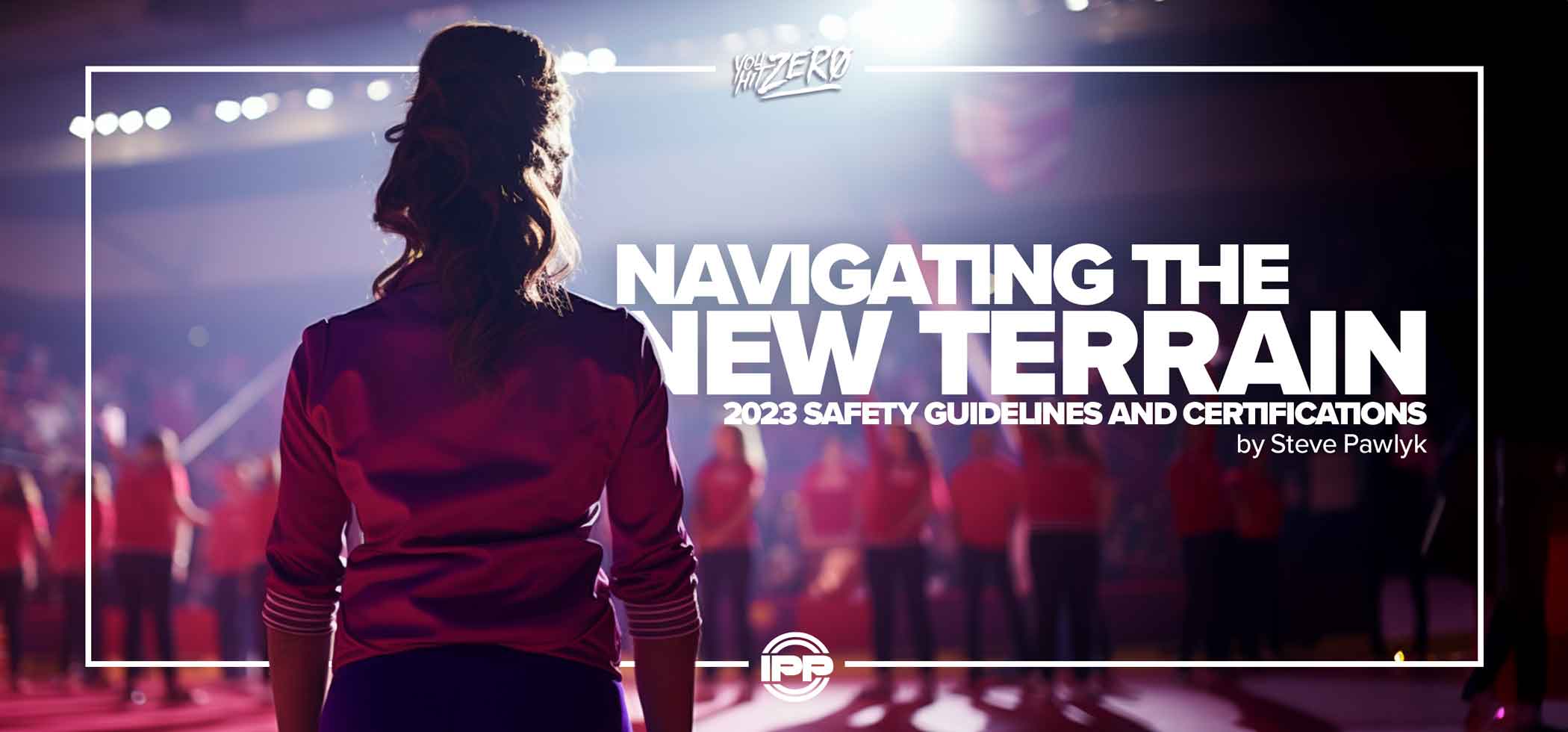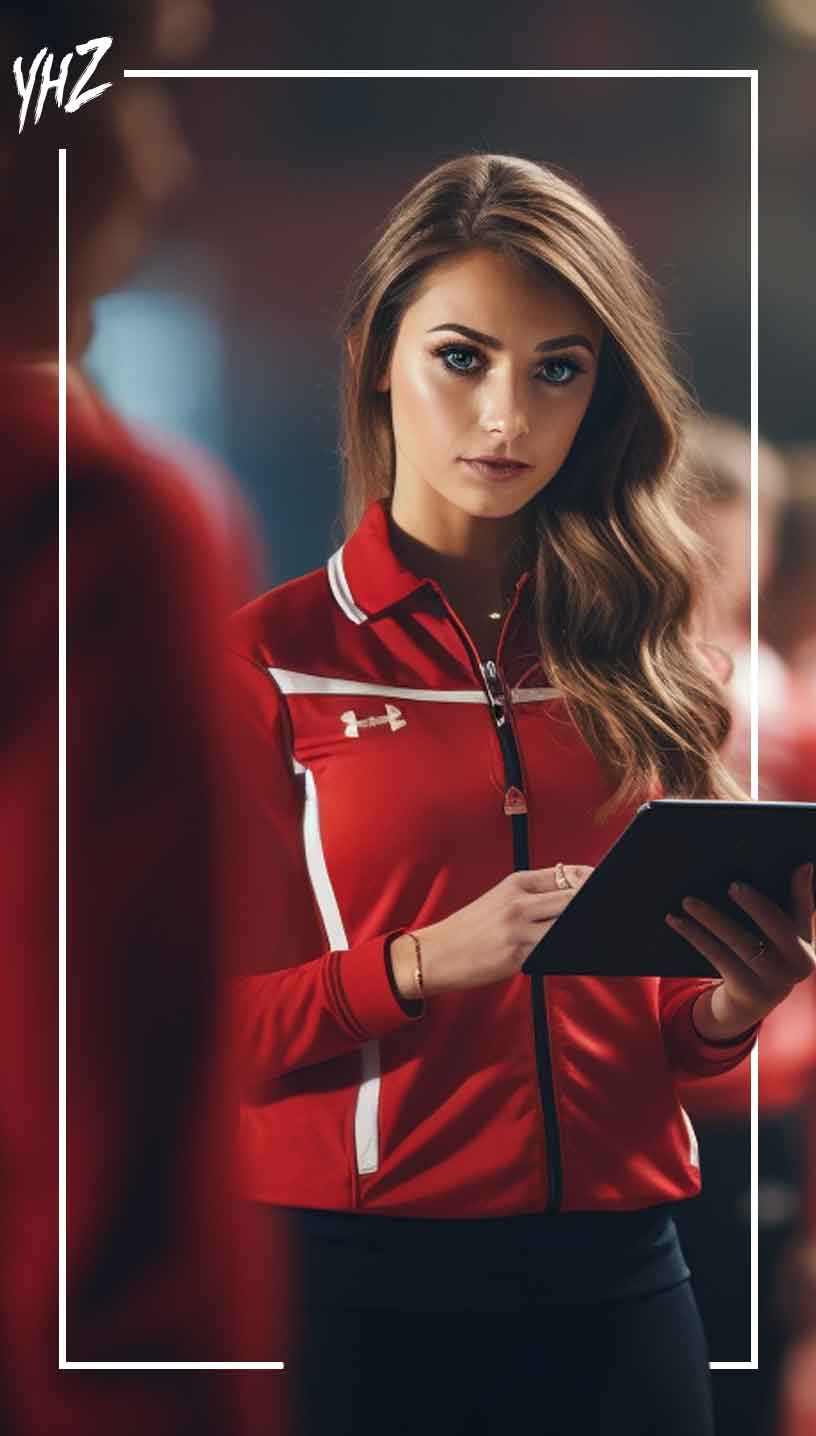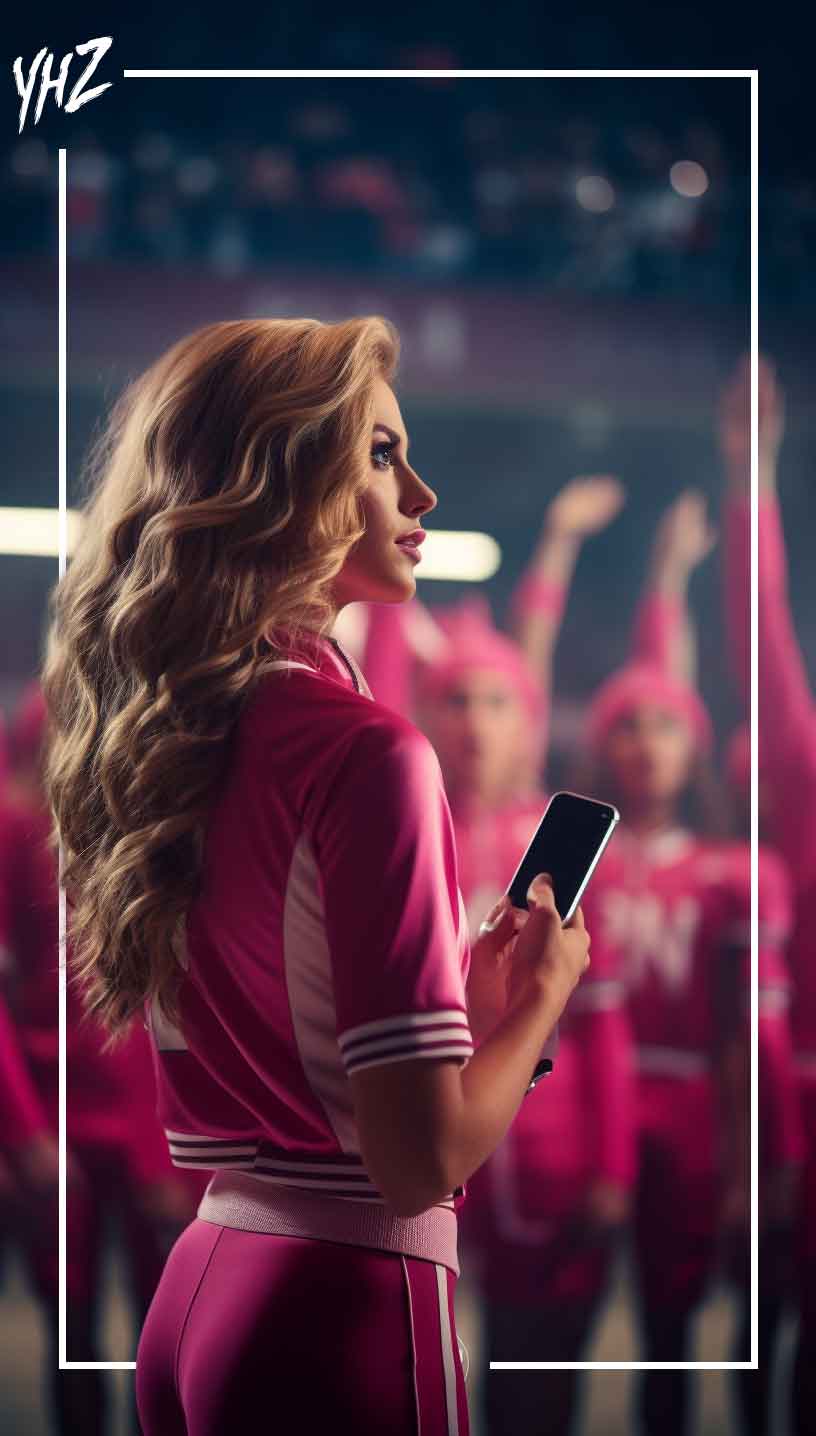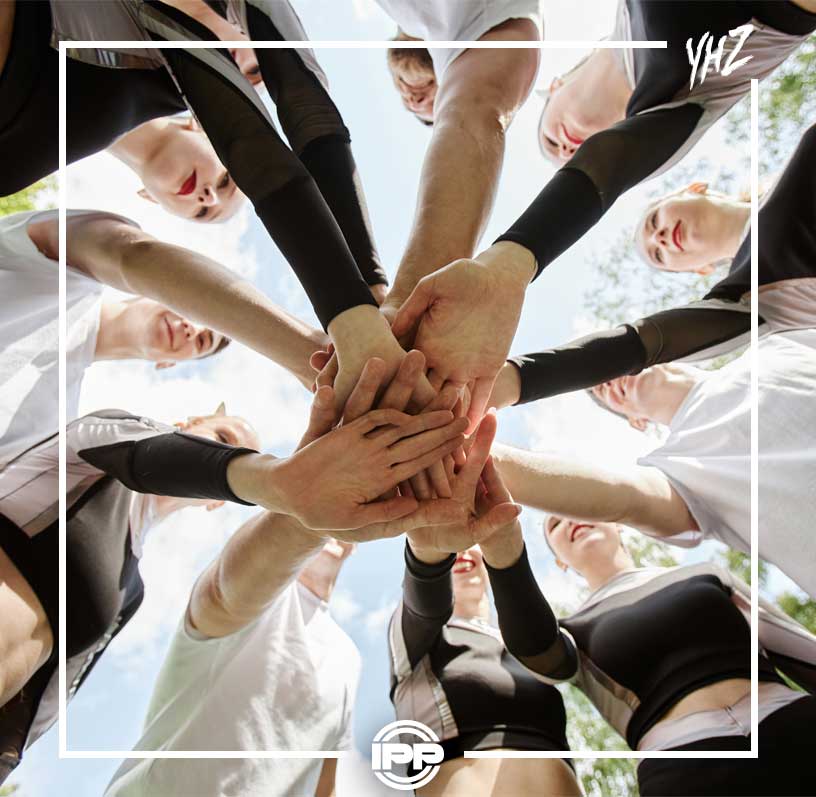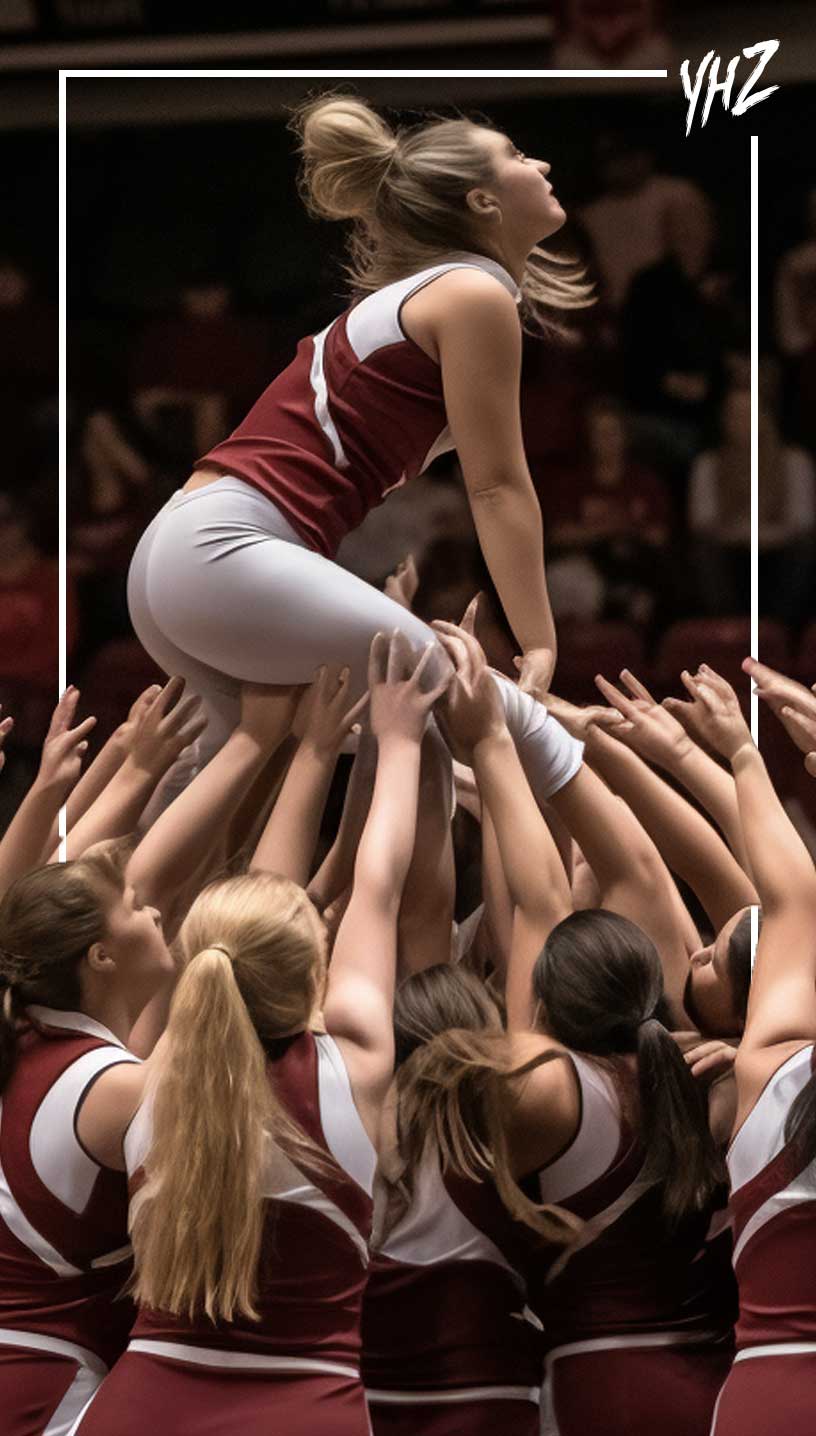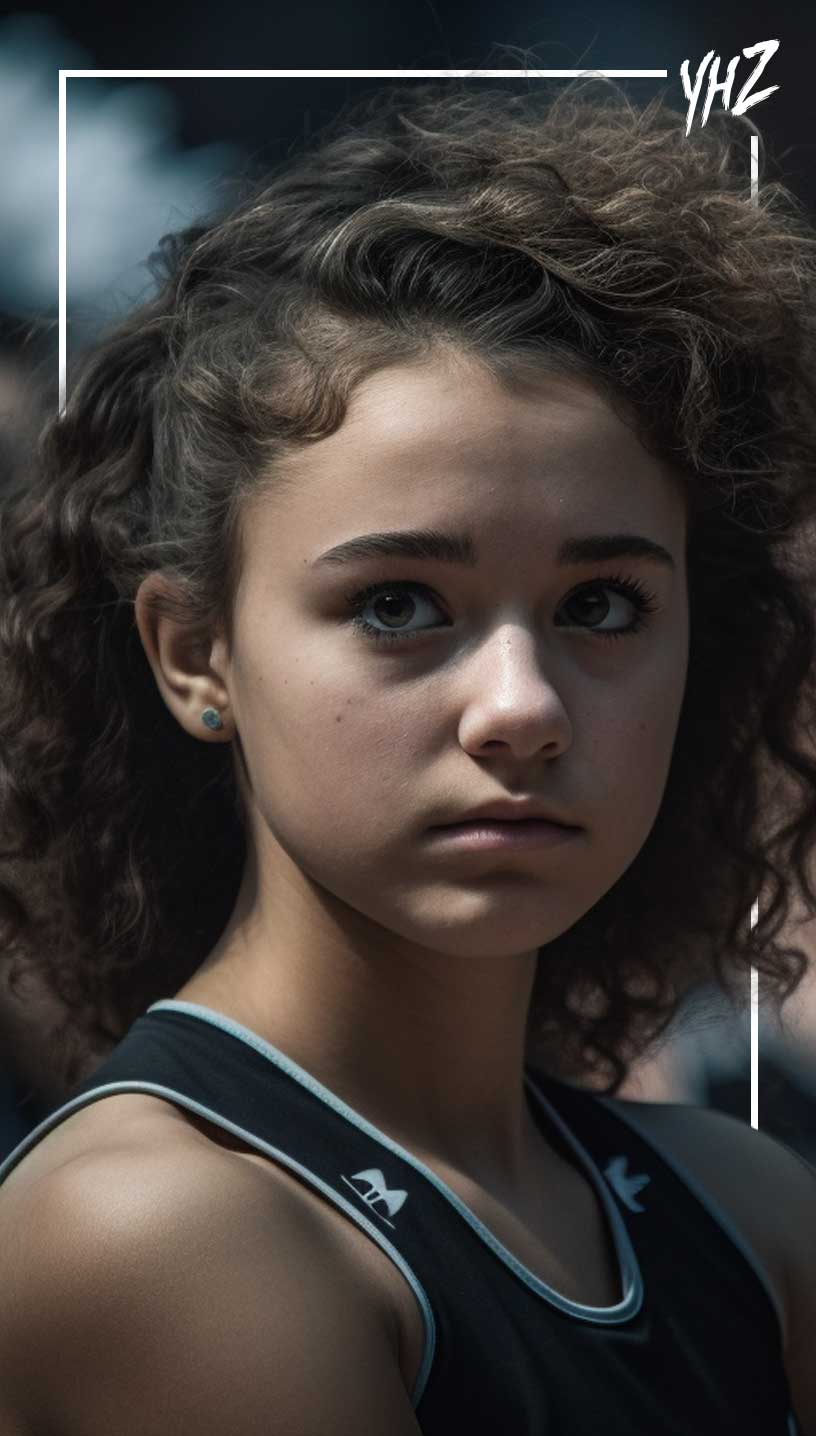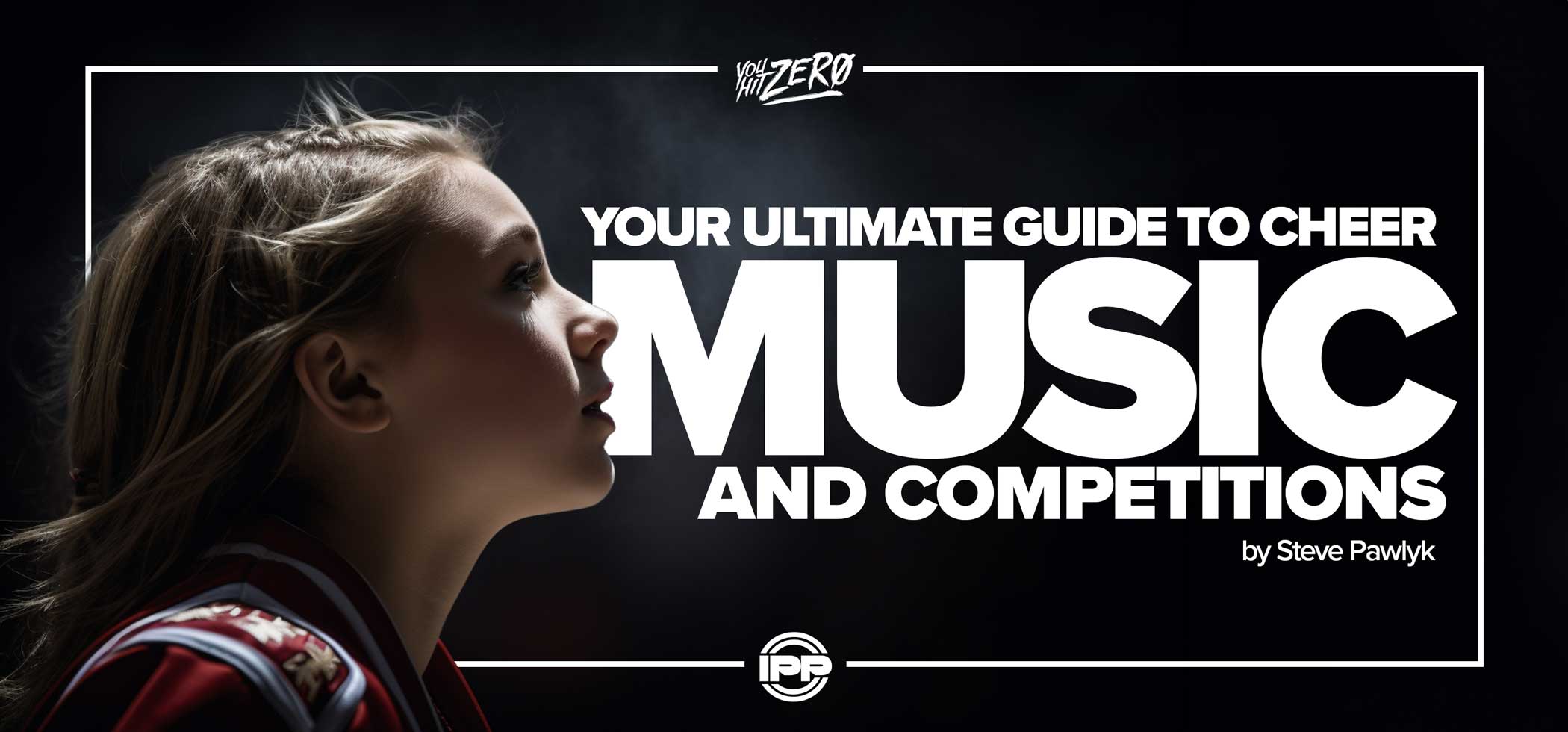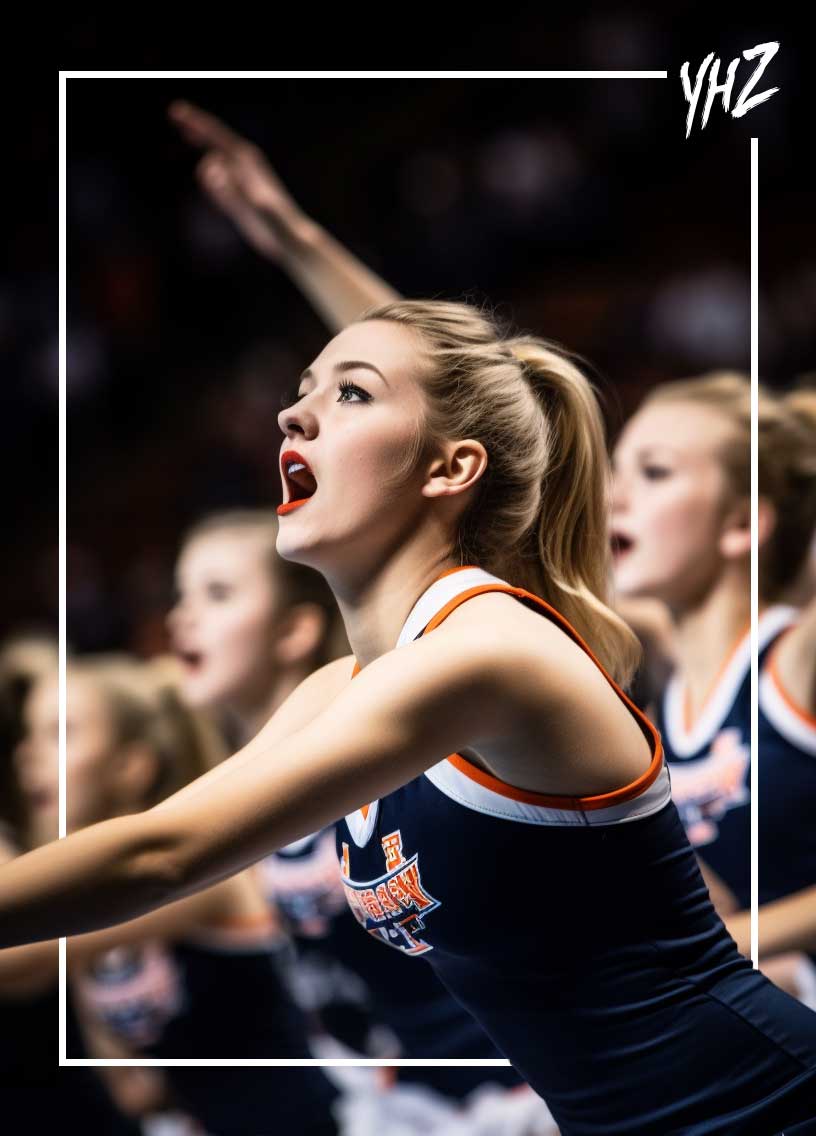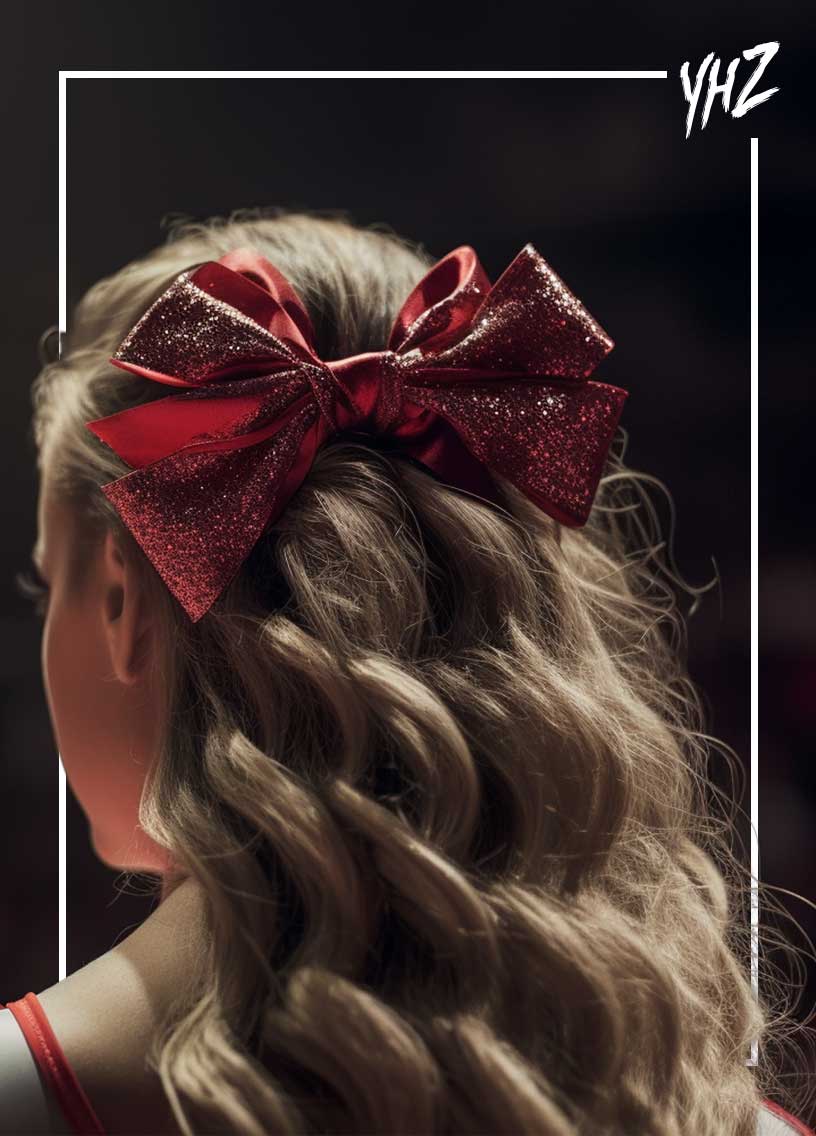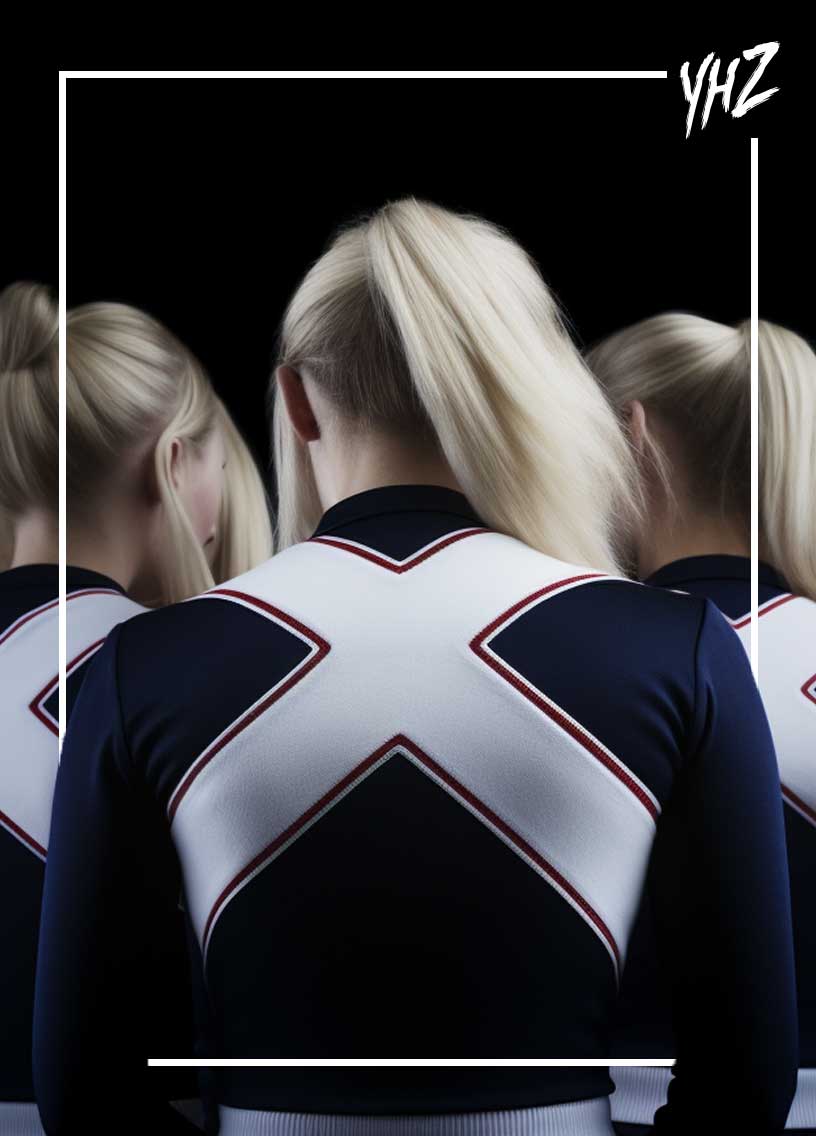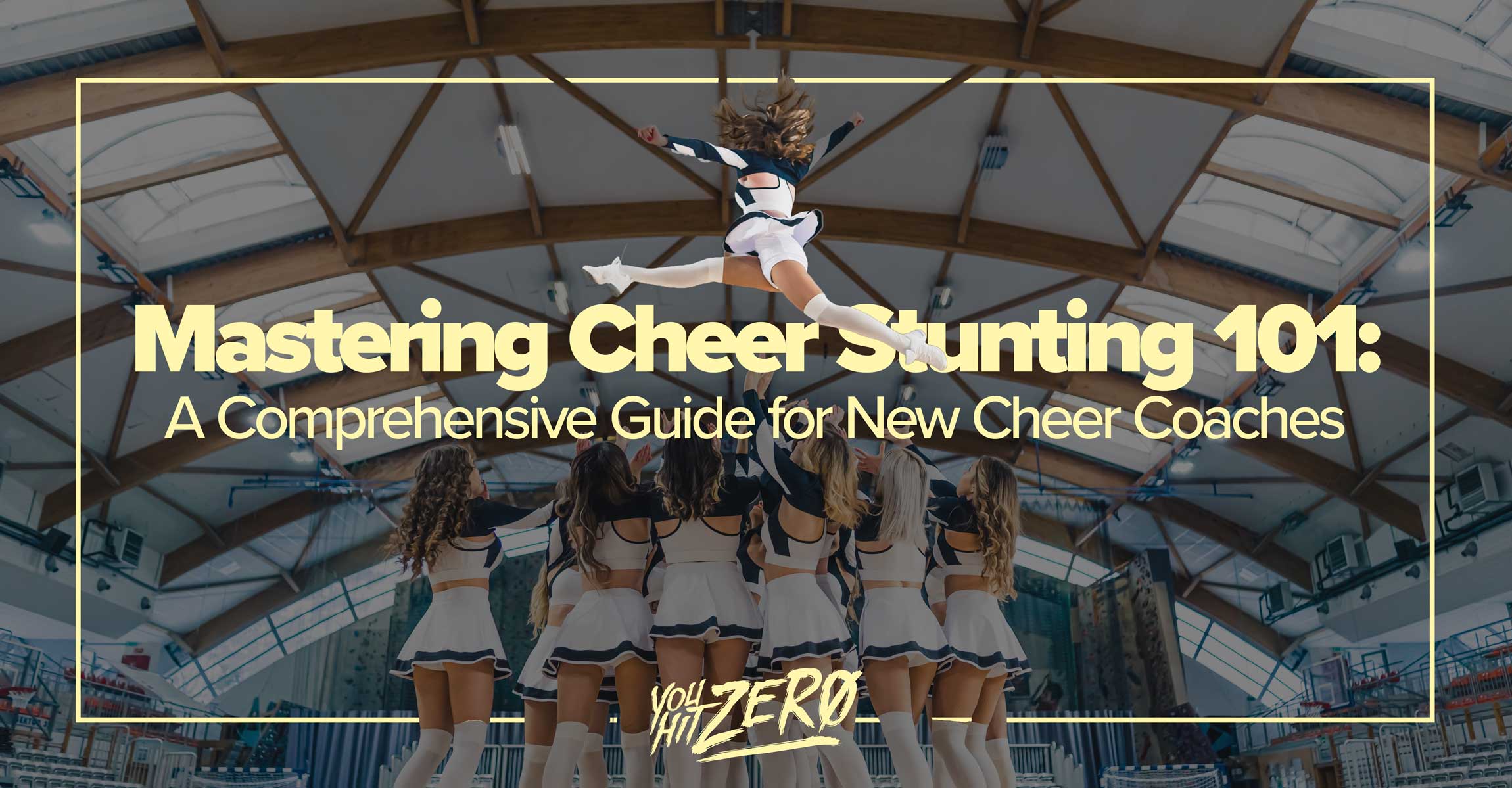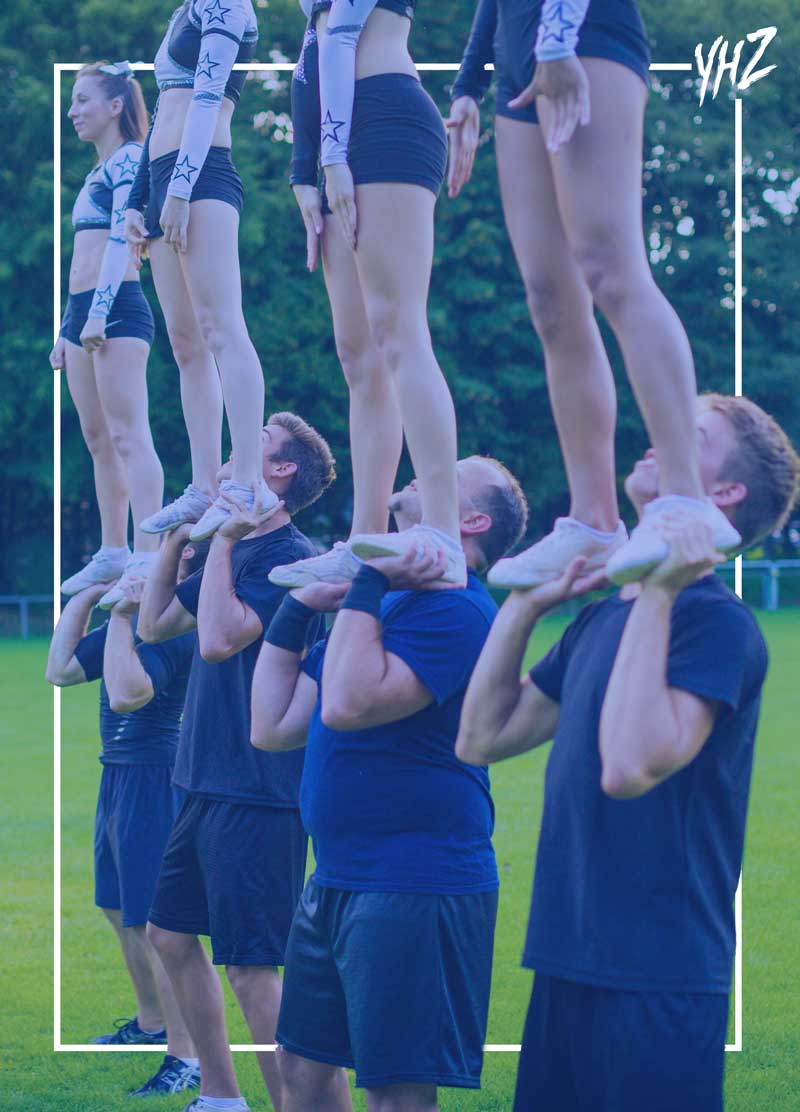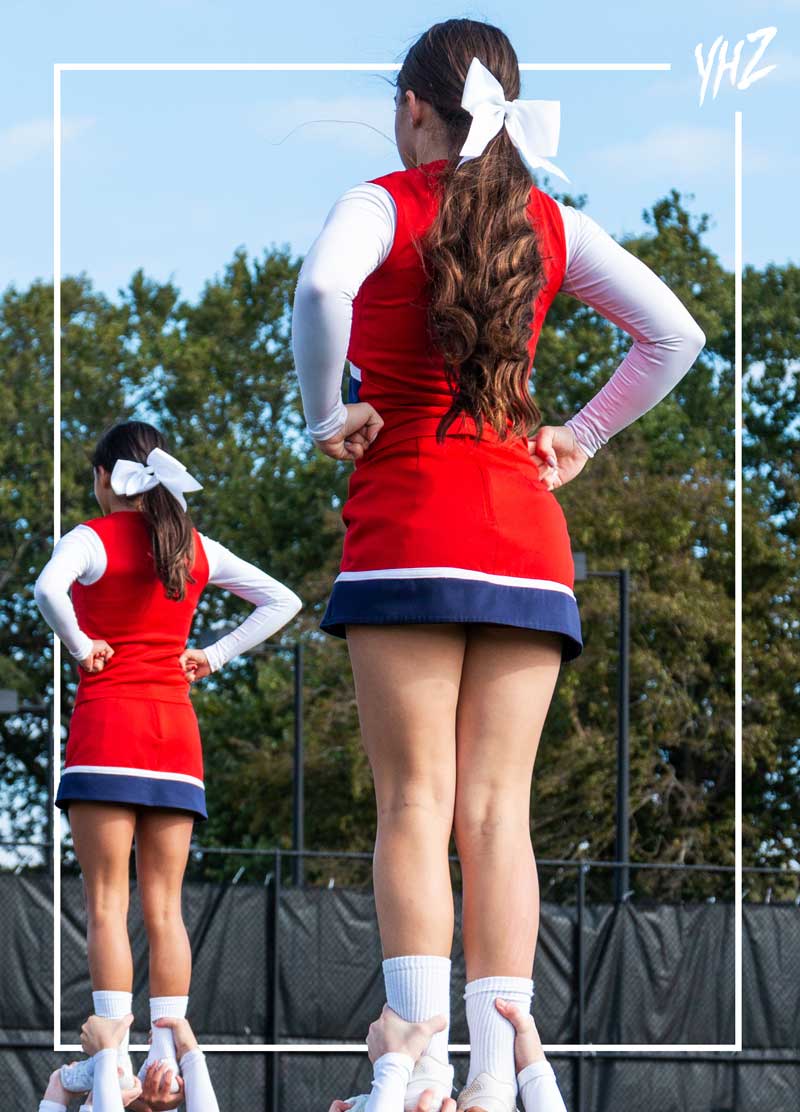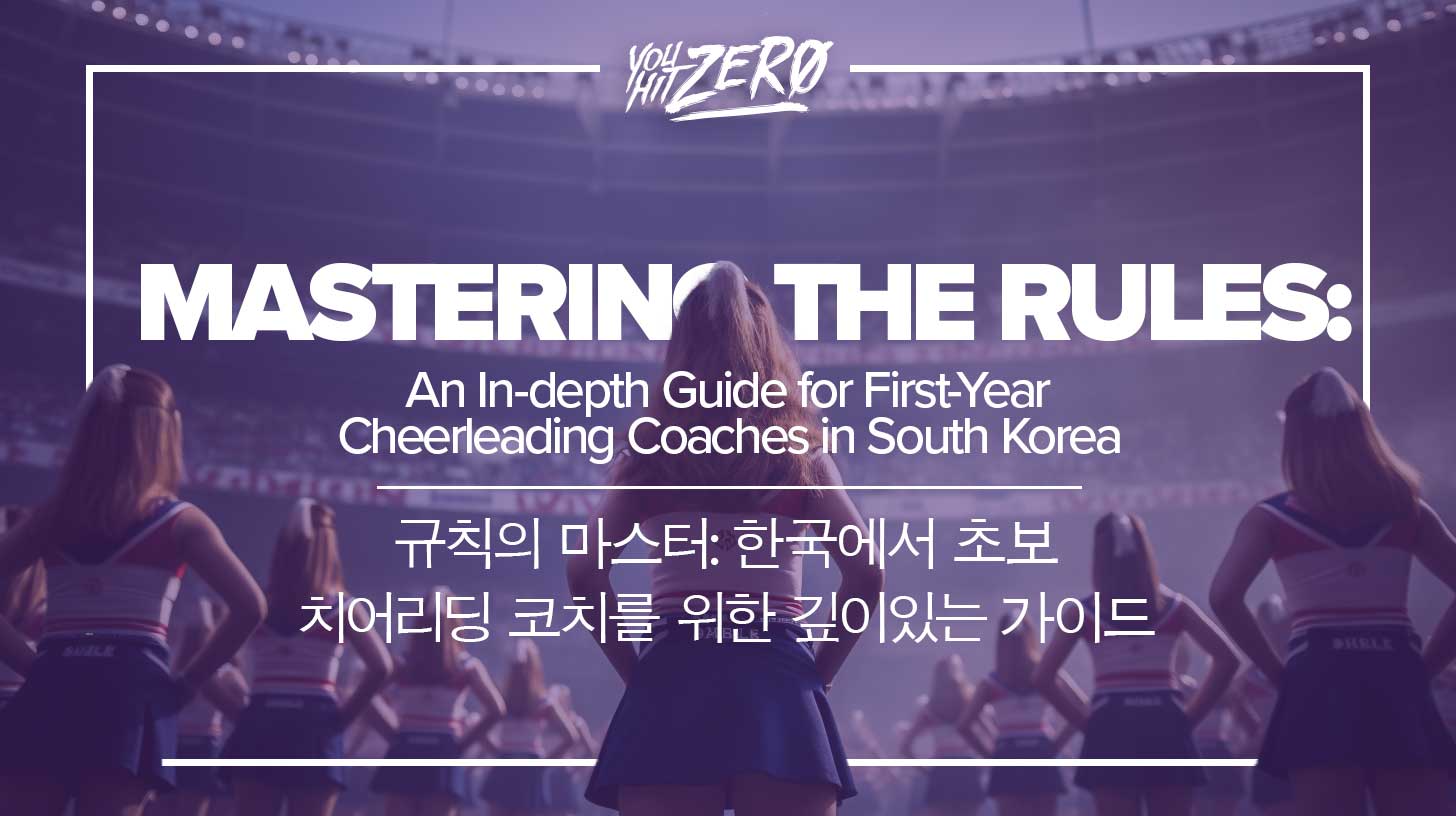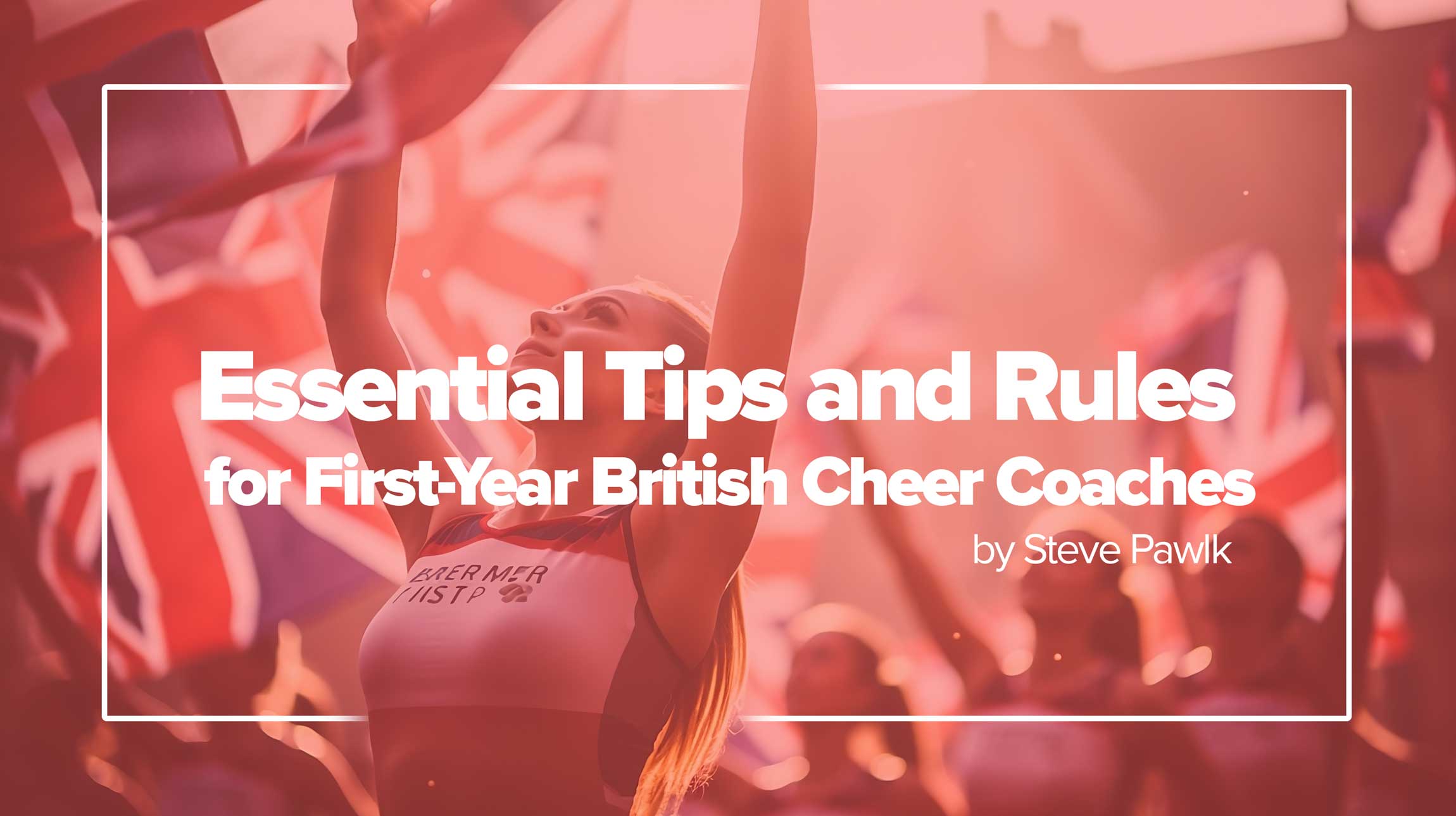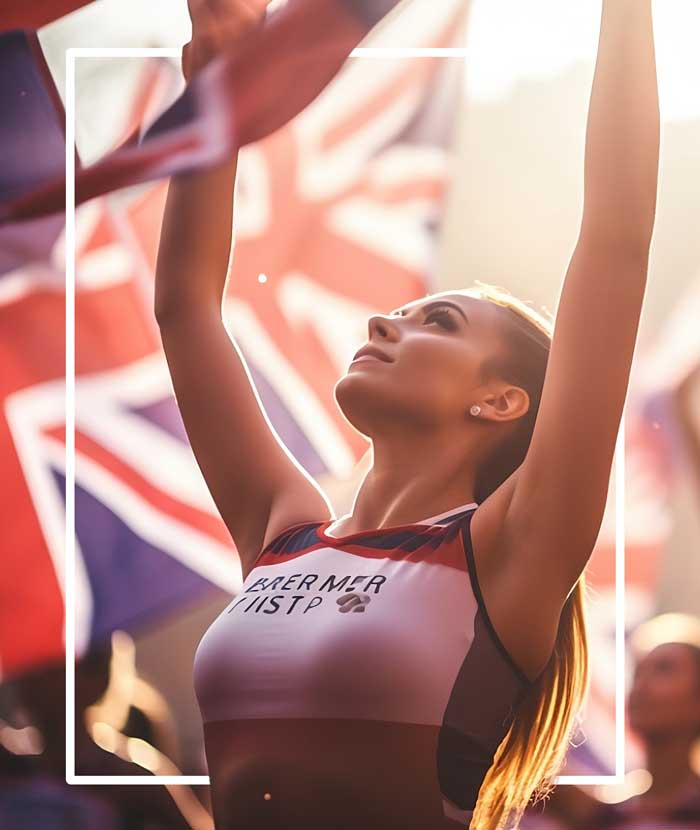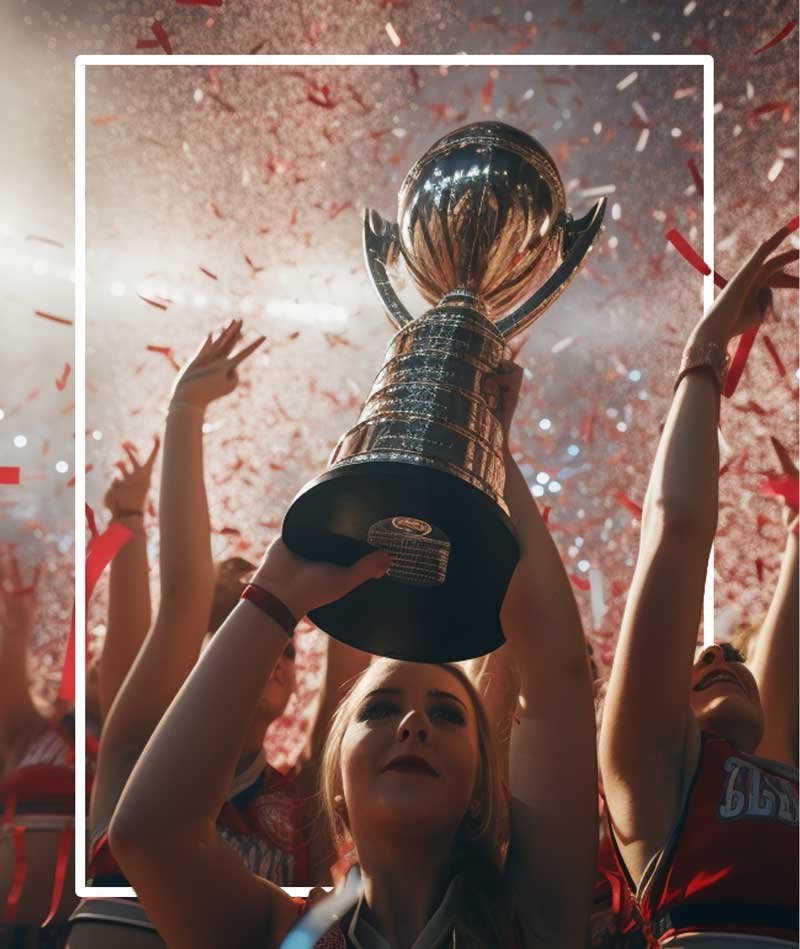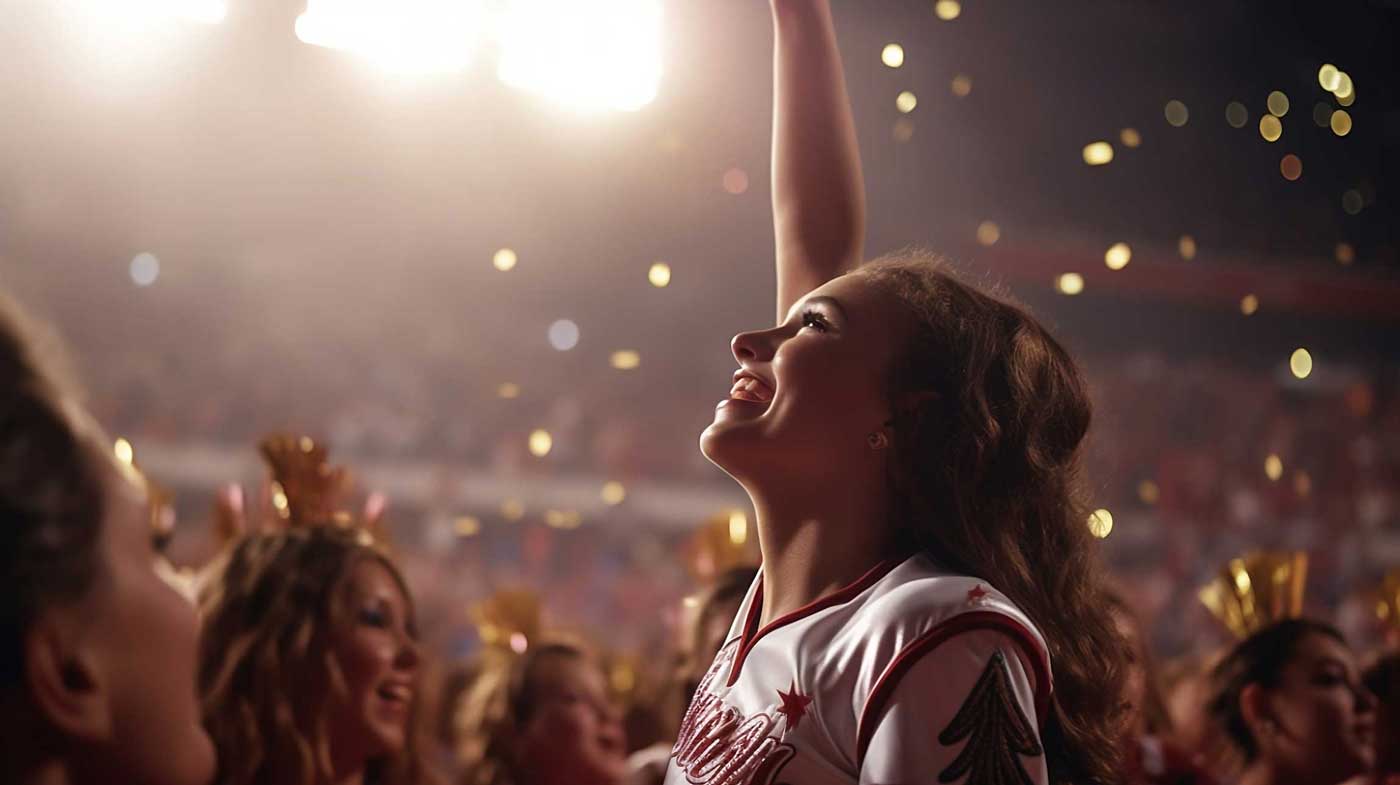By Steve Pawlyk
Published January 20, 2025
Hey cheer fam! It’s that time of year again—our biggest FAQ on all things cheer music. Whether you’re a seasoned coach or a brand-new athlete, we’ve pulled together the most common questions that pop up about mixing, licensing, and bringing your routine to life. Dive in to find answers, pro tips, and helpful resources—all in one place. Enjoy our Annual Cheer Answers FAQ!
Table of Contents
- What is custom cheer music?
- How do you create a cheer mix for competitions?
- Is cheerleading music copyrighted?
- How long should cheer music be for a competition routine?
- What is the best BPM (beats per minute) for cheer routines?
- How do you incorporate voice-overs into cheer music?
- Why is licensing important for cheer music?
- Can you use any song for a cheerleading routine?
- How do you remove vocals from a track for cheer mixes?
- What are the penalties for using unlicensed music at competitions?
- How many 8-counts are typically in a 2:30 cheer routine?
- What software do professionals use to mix cheer music?
- How do you pick a theme or style for your cheer music?
- Where can I find legal cheer music online?
- How do you blend multiple songs into one cheer mix?
- Should a cheer routine use clean or explicit versions of songs?
- How do you time stunts to match the music beats?
- Why do cheer mixes often feature sound effects and voice-overs?
- How do you make sure your cheer music stands out at competitions?
- What’s the difference between regular cheer music and competition cheer mixes?
- Can you reuse last season’s cheer music?
- How do you edit cheer music to fit the exact routine length?
- Is it better to hire a professional for custom cheer music or do it yourself?
- How do you choose the right tempo for your cheer routine?
- How do you get crowd engagement with cheer music?
- What’s the process for licensing pop songs for cheerleading routines?
- How do you ensure cheer music meets competition guidelines?
- Do teams typically pay royalties for cheer music?
- How do voice-overs add impact to a cheer routine?
- What are common mistakes to avoid when mixing cheer music?
1. What is custom cheer music?
- Definition: Tailor-made tracks professionally produced and mixed specifically for a cheerleading routine.
- Purpose: Aligns music tempo, style, and voice-overs with stunts, transitions, and the routine’s theme.
- Advantage: Creates a unique performance identity and helps teams stand out in competitions.
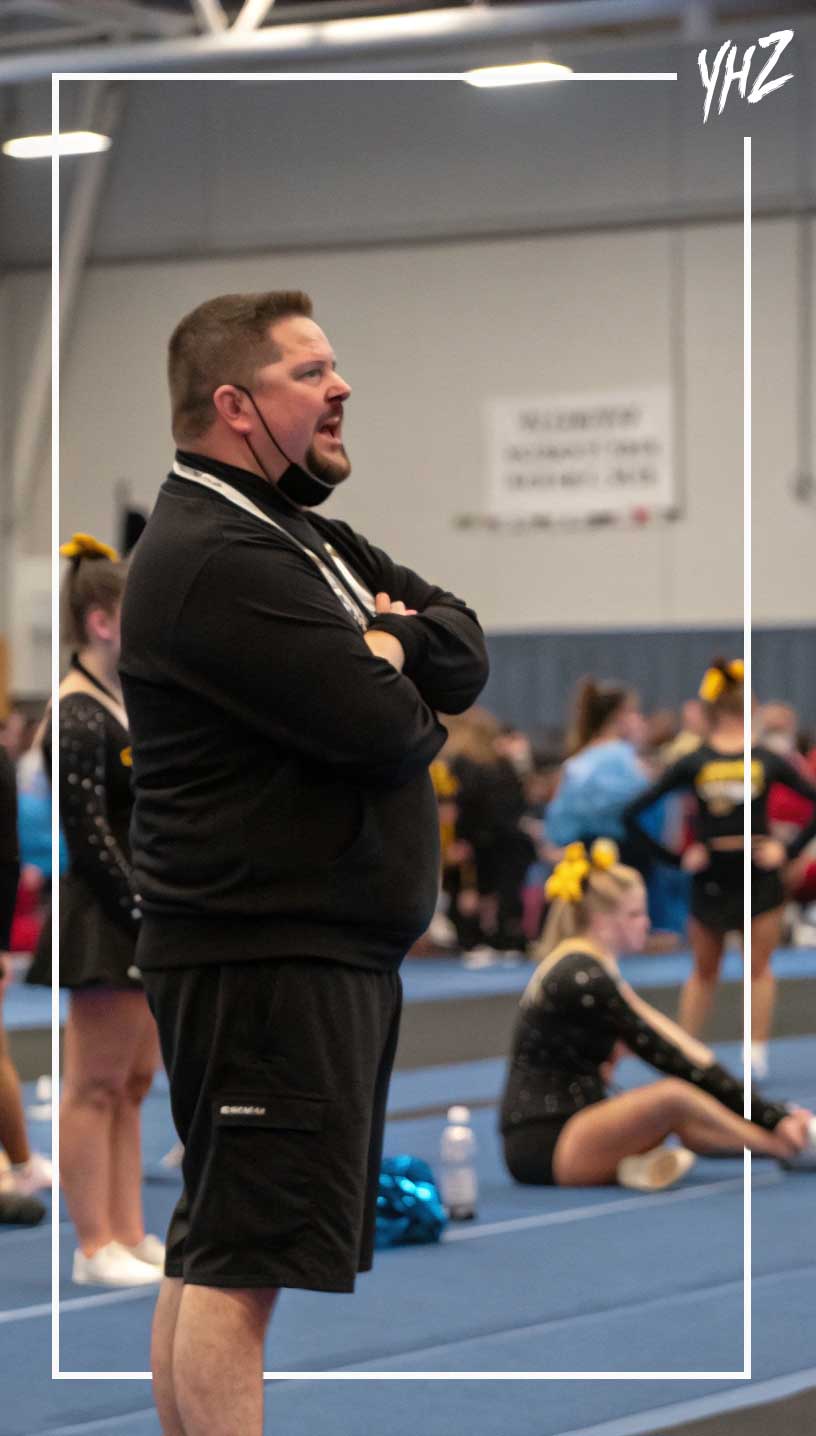
2. How do you create a cheer mix for competitions?
- Plan the Routine: Outline stunts, tumbling, and dance segments.
- Select Tracks or Samples: Pick music that matches each section’s energy level.
- Arrange and Layer: Blend chosen tracks, add transitional effects, and sync with 8-counts.
- Voice-Overs and SFX: Insert team slogans or hype phrases and relevant sound effects.
- Finalize Licensing: Ensure each snippet is licensed to comply with competition rules.
3. Is cheerleading music copyrighted?
- Yes: Most music is protected by copyright law.
- Licensing Needed: You must secure the rights to use songs publicly.
- Penalties: Using unlicensed tracks can result in disqualifications or fines.
4. How long should cheer music be for a competition routine?
- Typical Limit: Routines range from 0:30 all the way to 2:30 minutes. These are the common duration times for cheer mixes
- 0:30
- 0:45
- 1:00
- 1:30
- 1:45
- 2:00
- 2:15
- 2:30
- Check Rules: Different competitions have varying length restrictions.
- Timing Tips: Keep a few seconds buffer for final poses or transitions.
5. What is the best BPM (beats per minute) for cheer routines?
- Common Range: 140–150 BPM for a high-energy atmosphere. The majority of cheer music is 146 bpm.
6. How do you incorporate voice-overs into cheer music?
- Script First: Write short, memorable chants or slogans. Include your area code, your previous accomplishments, and try to think of a theme for each mix.
- High Quality Recording: Ensuring your mix has a professional sound is why using a service like IPP Music is crucial. Recording and mixing vocals is not easy and is likely to be better in the end using a cheer music company who has access to professional rappers and singers.
- Blend and Layer: Position voice-overs during transitions or big stunts; keep them clear.
7. Why is licensing important for cheer music?
- Legal Compliance: Avoids copyright infringement issues.
- Protects Teams: Prevents disqualification, fines, and negative publicity.
- Industry Standard: Competitions now require proof of properly licensed mixes.
8. Can you use any song for a cheerleading routine?
- Technically Yes, If Licensed: Properly secure rights or use royalty-free options.
- Restrictions: Competitions often ban explicit lyrics and have specific content rules.
9. How do you remove vocals from a track for cheer mixes?
- Audio Editing Software: Adobe Audition, Audacity, or vocal-removal plugins.
- Results Vary: Full removal isn’t always perfect; some tracks resist clean isolation.
- Licensing Still Applies: Even if instrumental, you need permission to use the track.
10. What are the penalties for using unlicensed music at competitions?
- Disqualification: Entire teams can be removed from the event.
- Fines or Legal Action: Copyright holders may take legal steps for damages.
- Reputation Damage: Reflects poorly on your program’s professionalism.
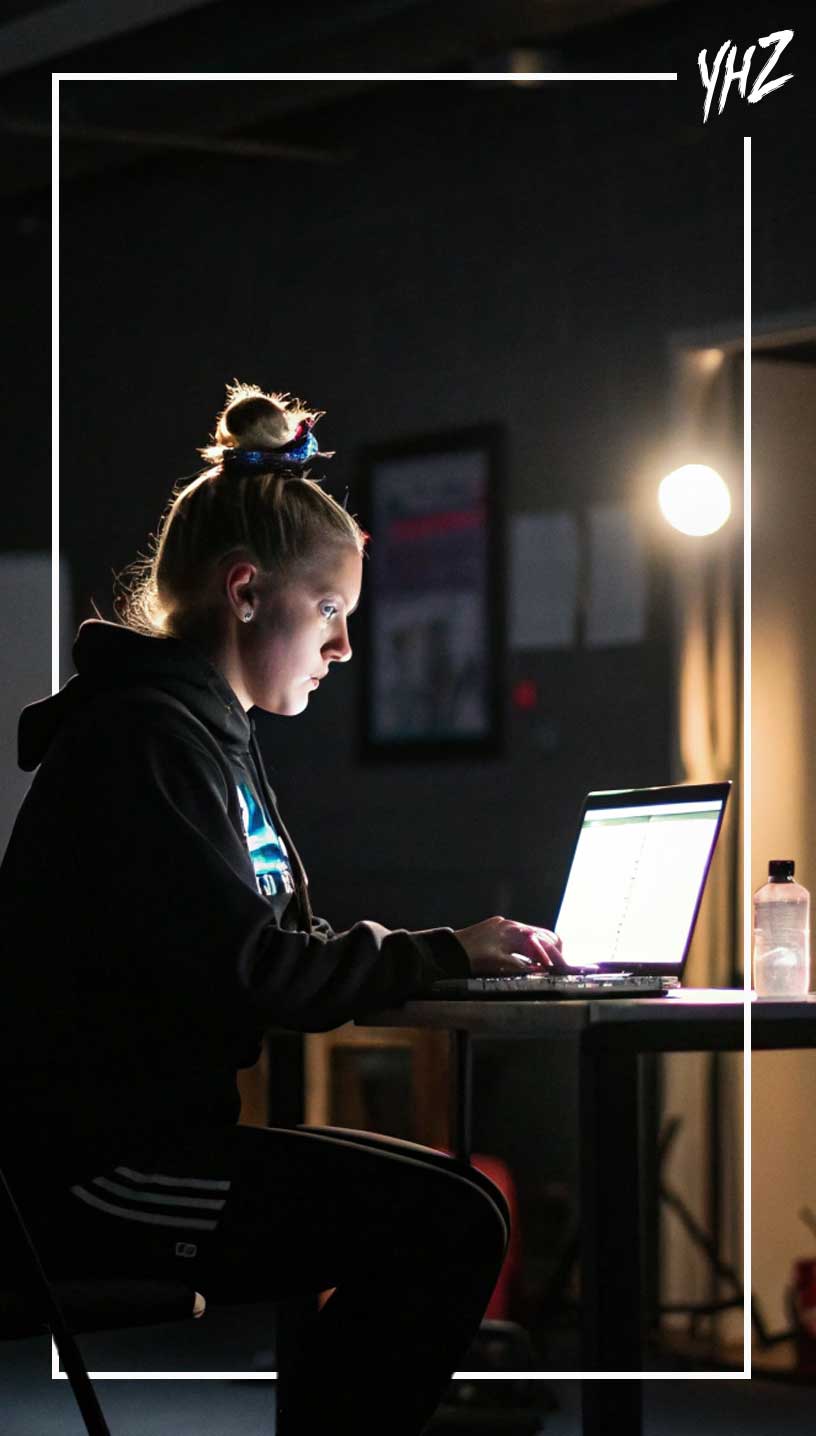
11. How many 8-counts are typically in a 2:30 cheer routine?
- Average 8-Count Total: There are typically 45.5 – 46 8counts (depending if you start on 5 or a 1)
- Tempo Variation: Faster music might squeeze in more counts; slower music may have fewer.
12. What software do professionals use to mix cheer music?
- Popular DAWs: Ableton Live, Pro Tools, Logic Pro, and Reaper
- Specialized Tools: Some mixers use custom plugins designed for cheer music effects.
13. How do you pick a theme or style for your cheer music?
- Match Team Branding: Incorporate your team’s colors, mascot, or spirit.
- Routine Focus: High-energy stunts call for bold, intense music; youth teams may favor pop.
- Trend Savvy: Consider popular styles or seasonal elements for extra flair.
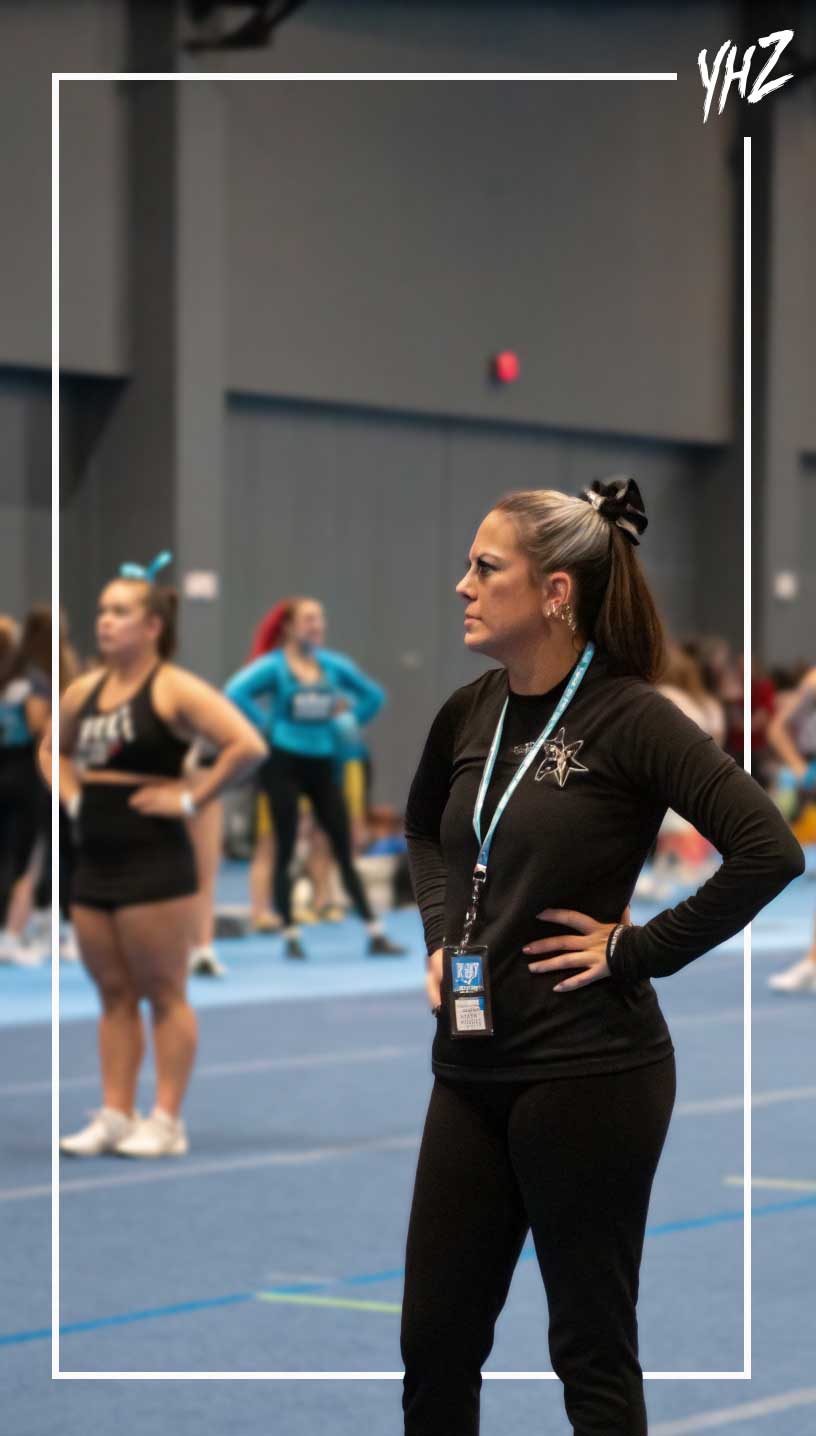
14. Where can I find legal cheer music online?
- Specialized Providers: IPP Music (Custom Mixes, customizable Premade Mixes, all licensed).
- Royalty-Free Libraries: Sites like Songsforcheer.com, Artlist, Epidemic Sound, Storyblocks. Though it’s worth mentioning that these are just libraries of songs that can be used in the mix. For it to sound like a real cheer mix, you will need a cheer music production company
15. How do you blend multiple songs into one cheer mix?
- Segment Planning: Decide where each song snippet fits.
- Key & Tempo Matching: Adjust pitch and speed for smooth transitions.
- Transitions & Effects: Use sweeps, drum fills, or voice-overs for seamless flow.
16. Should a cheer routine use clean or explicit versions of songs?
- Always Use Clean: Explicit content is generally not allowed in cheer comps.
- Avoid Penalties: Using explicit lyrics may lead to point deductions or disqualification.
17. How do you time stunts to match the music beats?
- Practice with 8-Counts: Choreograph each major move to a count.
- Sync Beats & Moves: Align big stunts with distinct musical cues.
- Rehearse Often: Multiple run-throughs with final music ensure accuracy.
18. Why do cheer mixes often feature sound effects and voice-overs?
- Added Excitement: Effects amplify high-energy moments.
- Branding & Hype: Voice-overs can feature team names or motivational phrases.
- Routine Structure: Mark transitions and build anticipation for key stunts.
19. How do you make sure your cheer music stands out at competitions?
- Unique Sound: Use fresh, modern elements or creative mash-ups.
- Production Quality: Crisp editing, balanced levels, and clear voice-overs.
- Personalization: Incorporate custom chants, slogans, or team references.
20. What’s the difference between regular cheer music and competition cheer mixes?
- Regular Cheer Music: Simpler, often used for practice or sideline performances.
- Competition Cheer Mixes: Precisely edited, fully licensed, and carefully arranged for advanced routines.
21. Can you reuse last season’s cheer music?
- Allowed If Re-Licensed: Confirm licenses are valid for the current season. Typically, Cheer Mixes are licensed for 365 days from purchase. IPP Music offers relicensing of mixes.
- Fresh Factor: Competitions and audiences often respond better to new, updated mixes.
22. How do you edit cheer music to fit the exact routine length?
- Clip & Cut: Remove unnecessary portions to hit 2:30 or the required limit.
- Tempo Adjustments: Slight speed changes can help fit time constraints.
- Professional Help: IPP Music offers precise editing and licensing solutions.
23. Is it better to hire a professional for custom cheer music or do it yourself?
- DIY Pros: Cost-effective, full creative control.
- DIY Cons: Firstly it’s time-consuming. But it will almost certainly lack professional polish. This especially includes cheer music maker web applications, which, though seem like a good way to control every aspect of your mix, are actually very restricting and do not sound like the mixes of championship teams.
- Professional Pros: Expertise, licensing compliance, higher production quality.
- Professional Cons: Depending on the style of mix you choose, there can be a higher upfront cost. The process of customization is still highly collaborative, putting you in the driver’s seat of your mix while not requiring you to have years of experience in audio production and engineering.
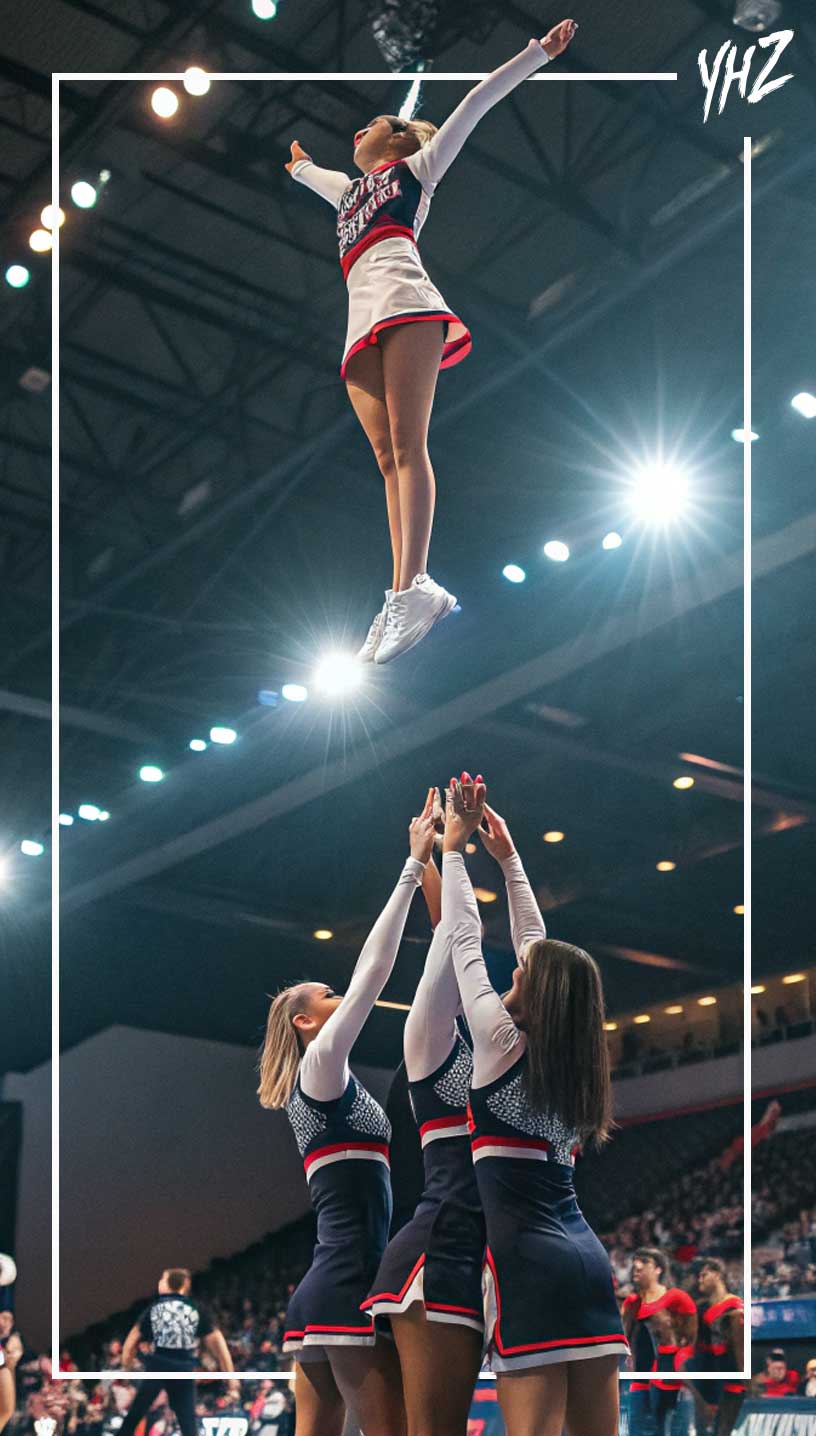
24. How do you choose the right tempo for your cheer routine?
Most cheer routine music is at 146bpm. Sometimes with younger division teams, the music’s tempo is decreased to make it easier for the team to perform the routine.
- Match Routine Style: Fast for dynamic stunts, moderate for youth or less intense routines.
- Experiment: Try short run-throughs at different BPMs to see what suits the team. Recording short practice runs to see which tempo feels the best and reviewing it later can be super helpful with this.
- Ask the Experts: IPP Music can make tempo recommendations based on your skill level.
25. How do you get crowd engagement with cheer music?
- Familiar Hooks: Using songs (licensed) in your mix that have the feel of well-known tracks or exciting beats
- Chantable Voice-Overs: Include easy call-and-response lines. This is an easy way to get the audience involved. Just remember to keep your voiceover instructions simple and take time to consider the syncopation of your lyrics (i.e., don’t stuff too many words into the voiceovers you request; if you keep it simple, the audience will remember the lyrics at the following events)
- Strategic Editing: Insert hype points during big stunts or dance breaks.
26. What’s the process for licensing pop songs for cheerleading routines?
- Contact Licensing Agencies: ASCAP, BMI, SESAC, or music libraries handling pop tracks. Although these are reasonable avenues towards licensing popular songs, this is often a tedious and drawn out process vs simply getting a custom mix licensed for specifically for cheer performances.
- Cheer Music Providers: IPP Music can handle licensing details for you.
- Documentation: Competitions may require written proof of licenses.
27. How do you ensure cheer music meets competition guidelines?

28. Do teams typically pay royalties for cheer music?
- Sometimes, but only if radio music (vs. a cheer specific mix) is used: Popular tracks require royalty payments to rights holders.
- All-Inclusive Options: Some providers bundle licensing fees into their package.
29. How do voice-overs add impact to a cheer routine?
- Brand Recognition: Shoutouts to the team name, mascot, or favorite slogan. If selecting a custom mix for your routine, every aspect of it can be customized with team/mascot specific voiceovers throught the mix. Premade mixes can also be customized in many ways here at IPP Music.
- Engagement: Well-placed voice-overs grab audience attention.
- Highlight Skills: Emphasize big stunts or tumbling passes with motivational phrases.
30. What are common mistakes to avoid when mixing cheer music?
- Poor Licensing: Ignoring proper rights can lead to disqualification.
- Overcrowded Mix: Too many overlapping elements can sound chaotic.
- Inconsistent Tempo: Abrupt changes can disrupt timing and choreography.
- Ignoring Guidelines: Length or lyrical content violations risk penalties.
Hopefully this FAQ clarifies some of the questions you had about cheer music, from licensing and mixing to timing and voice-overs. If you’re ready for custom cheer mixes or need professional help, be sure to visit
IPP Music for expert services and support. Here’s to a season filled with energy, precision, and you hitting zero!





